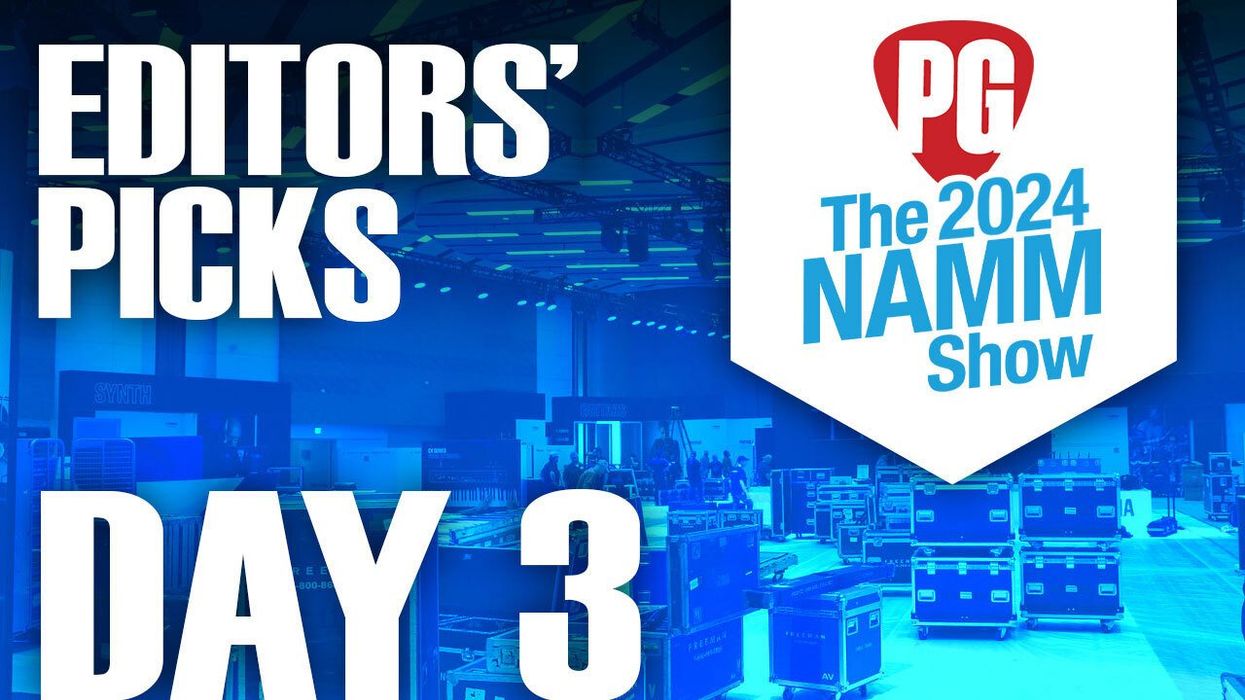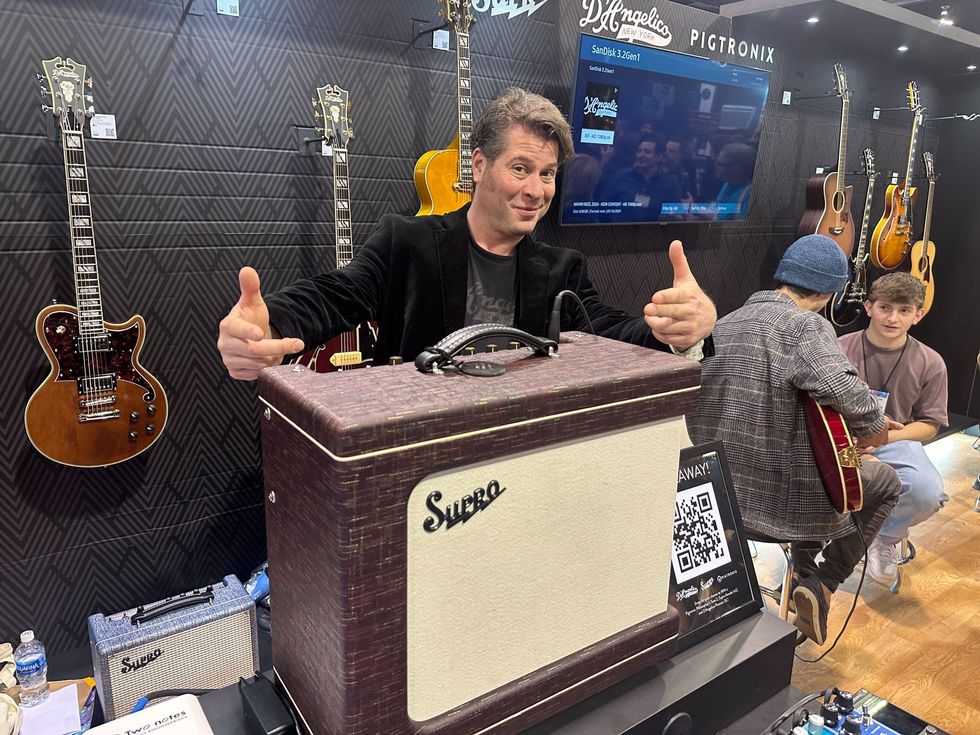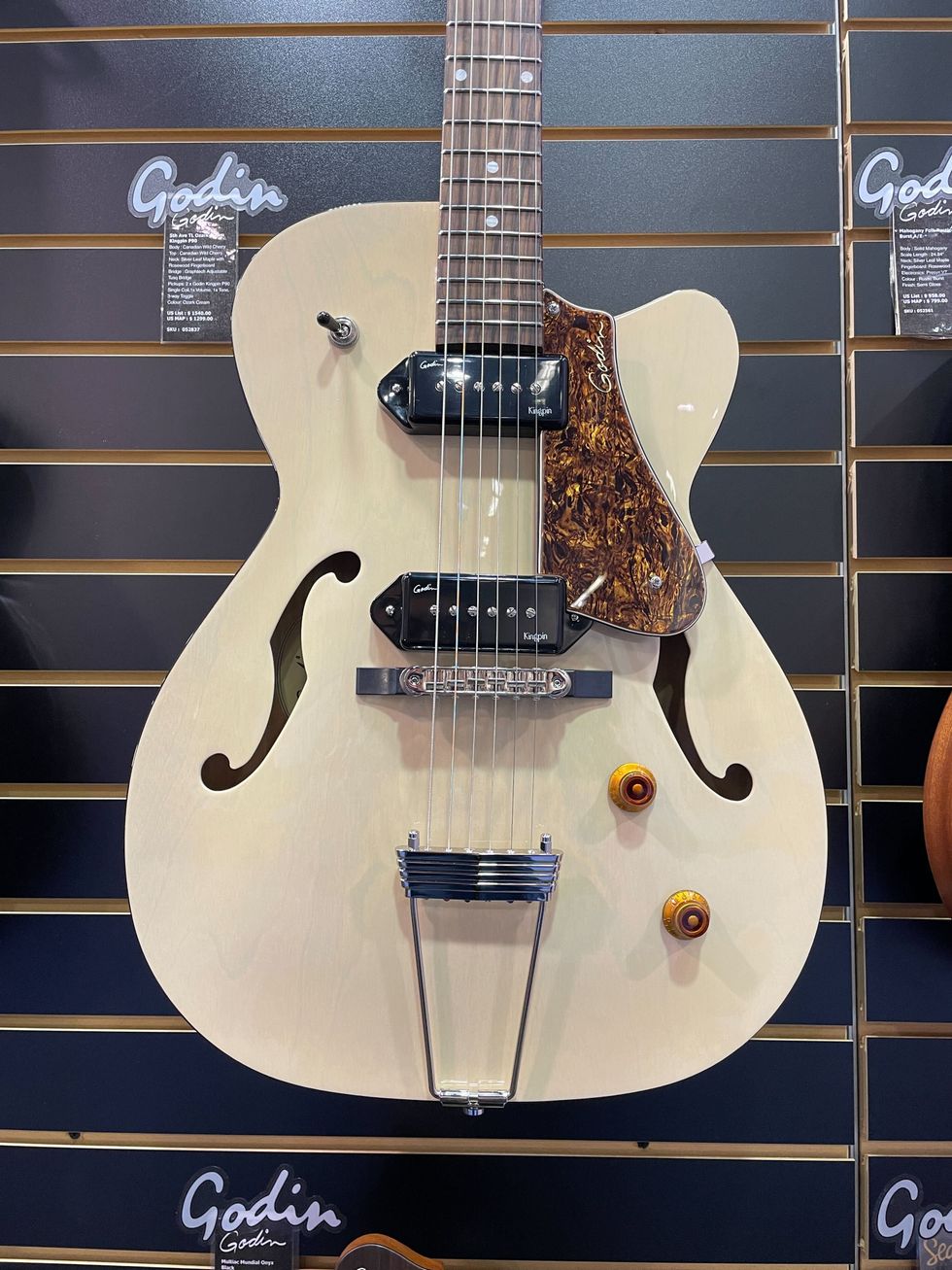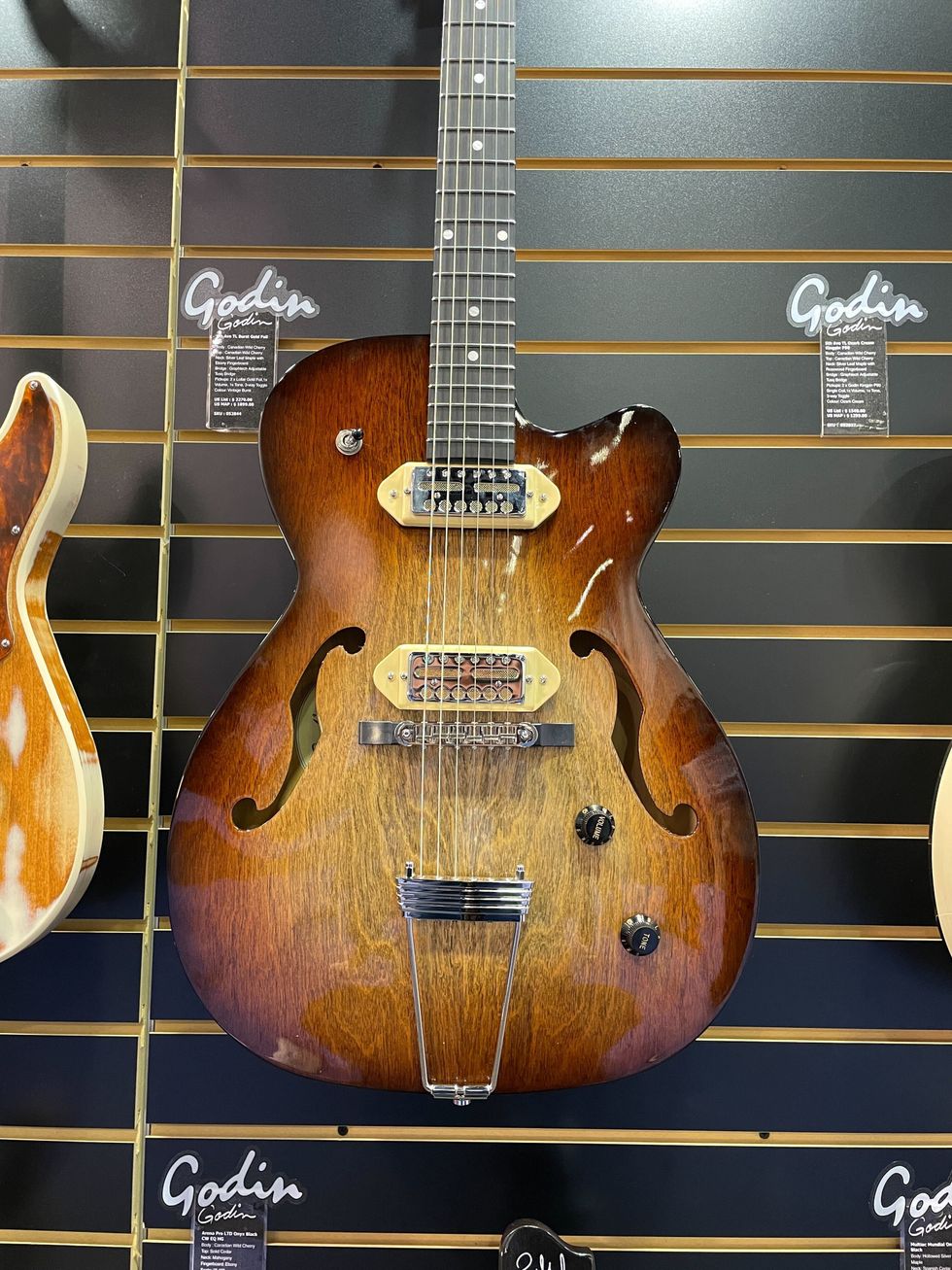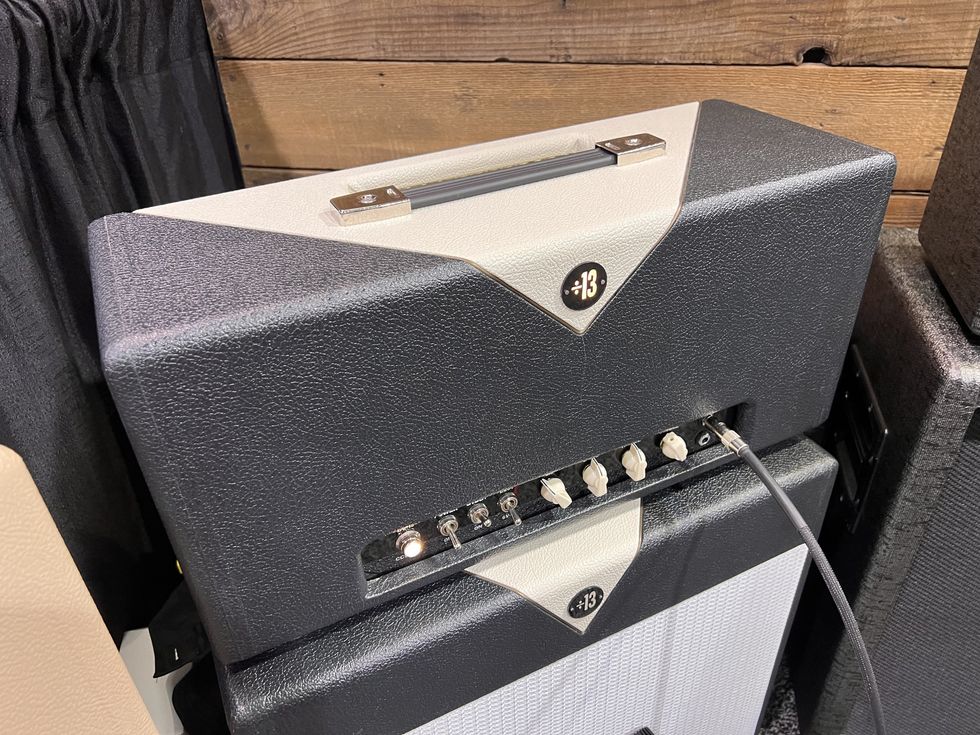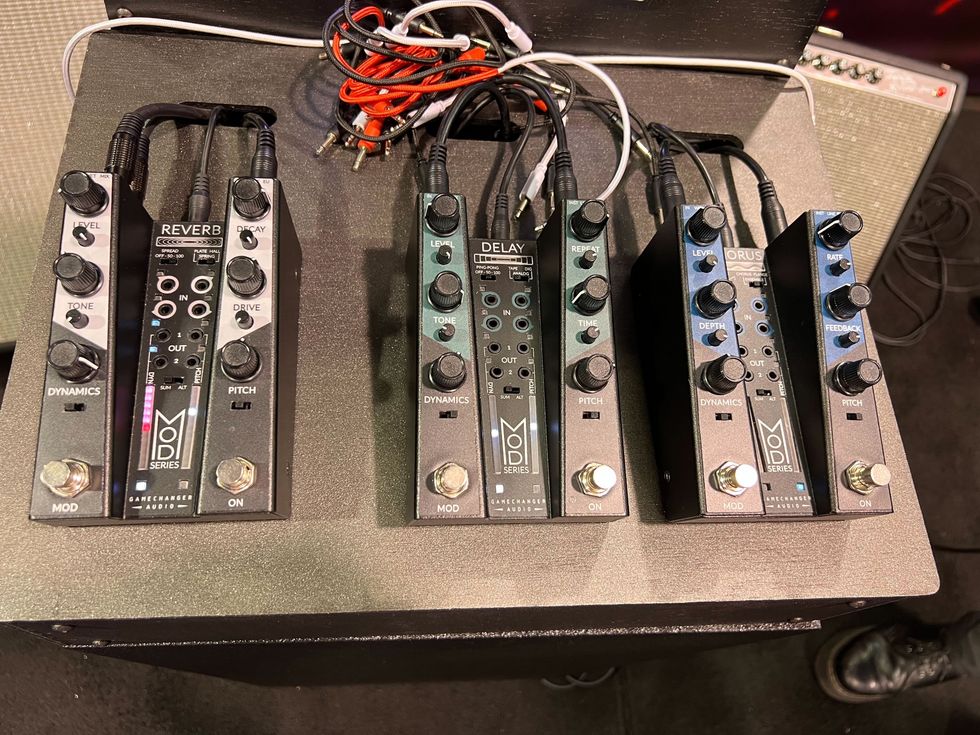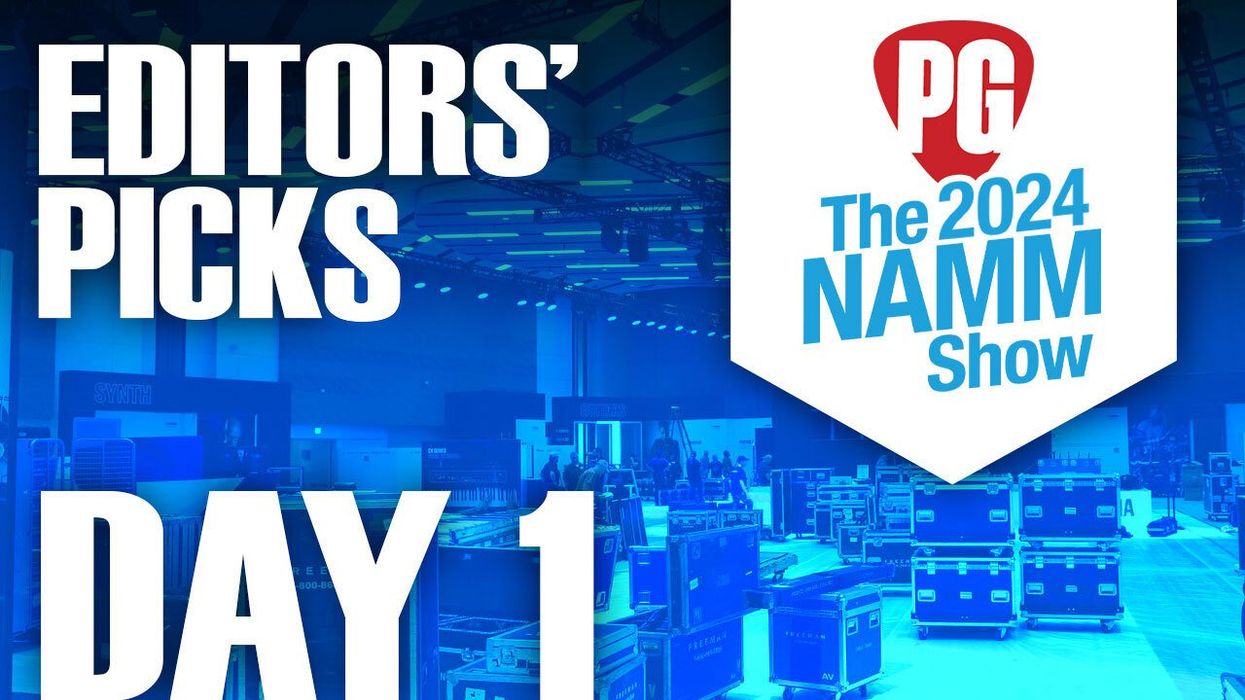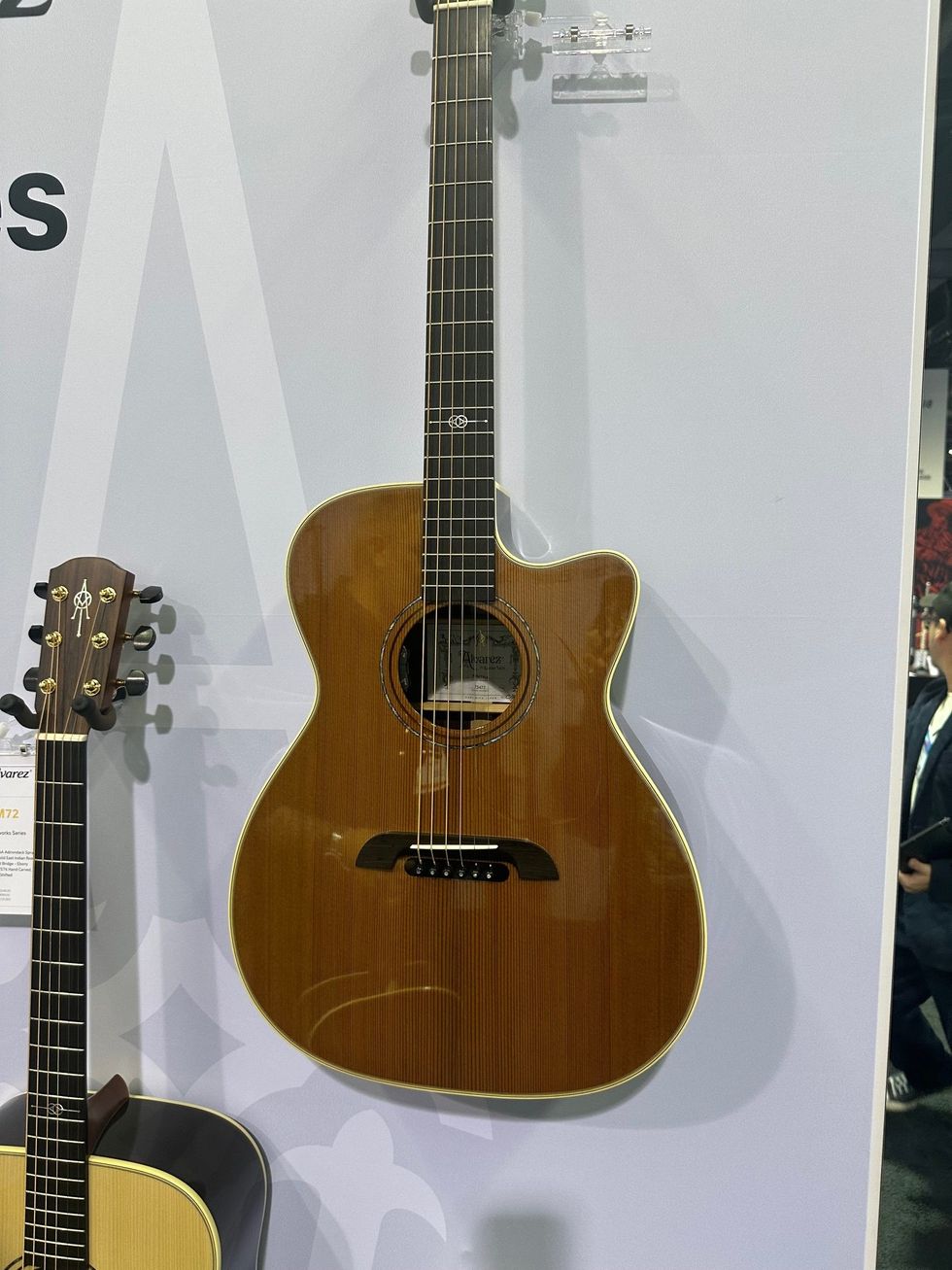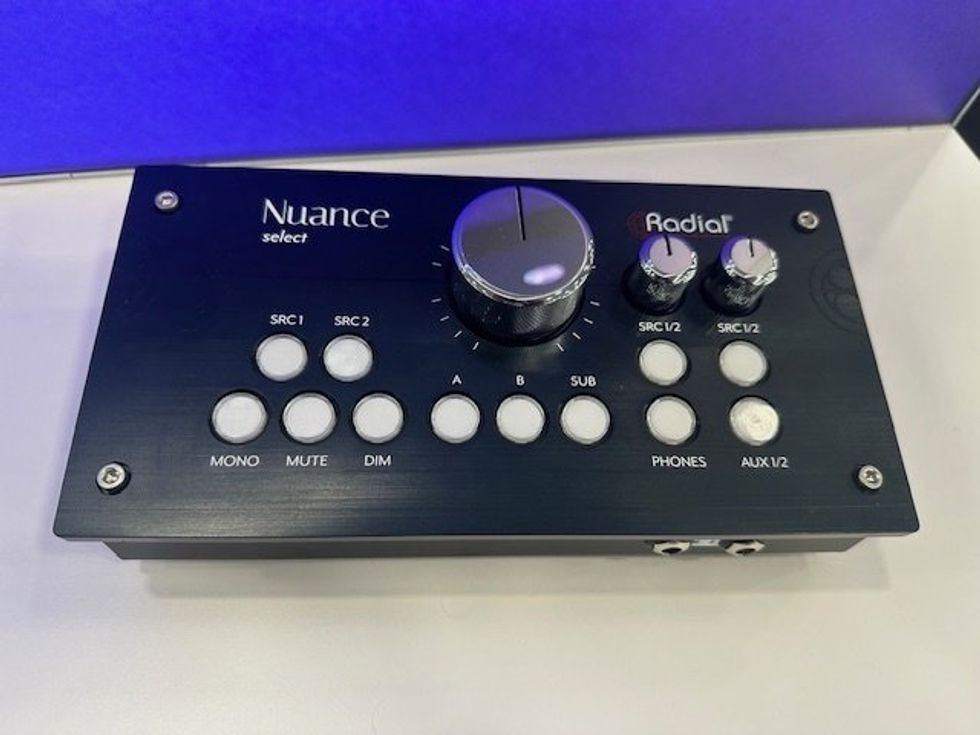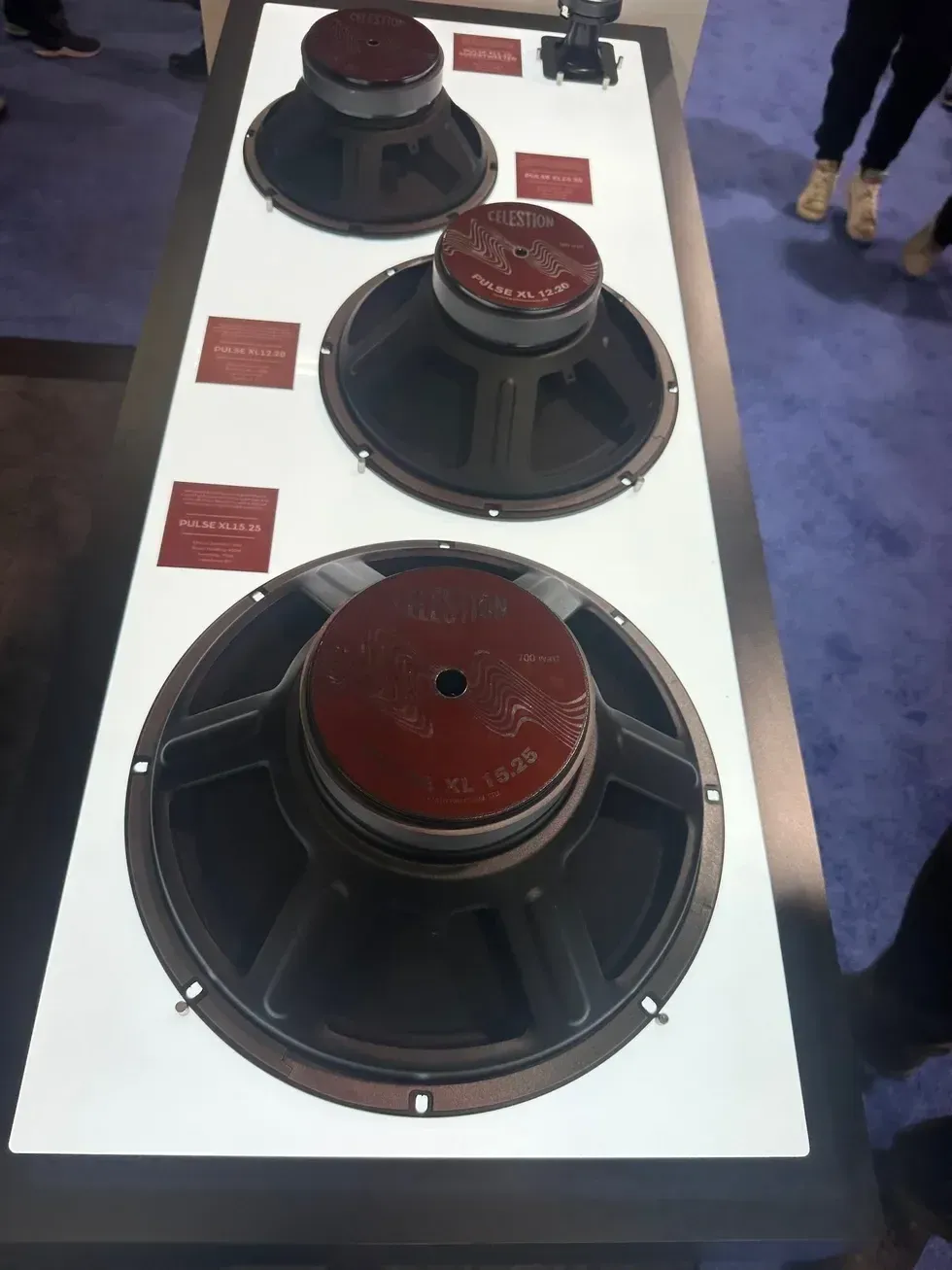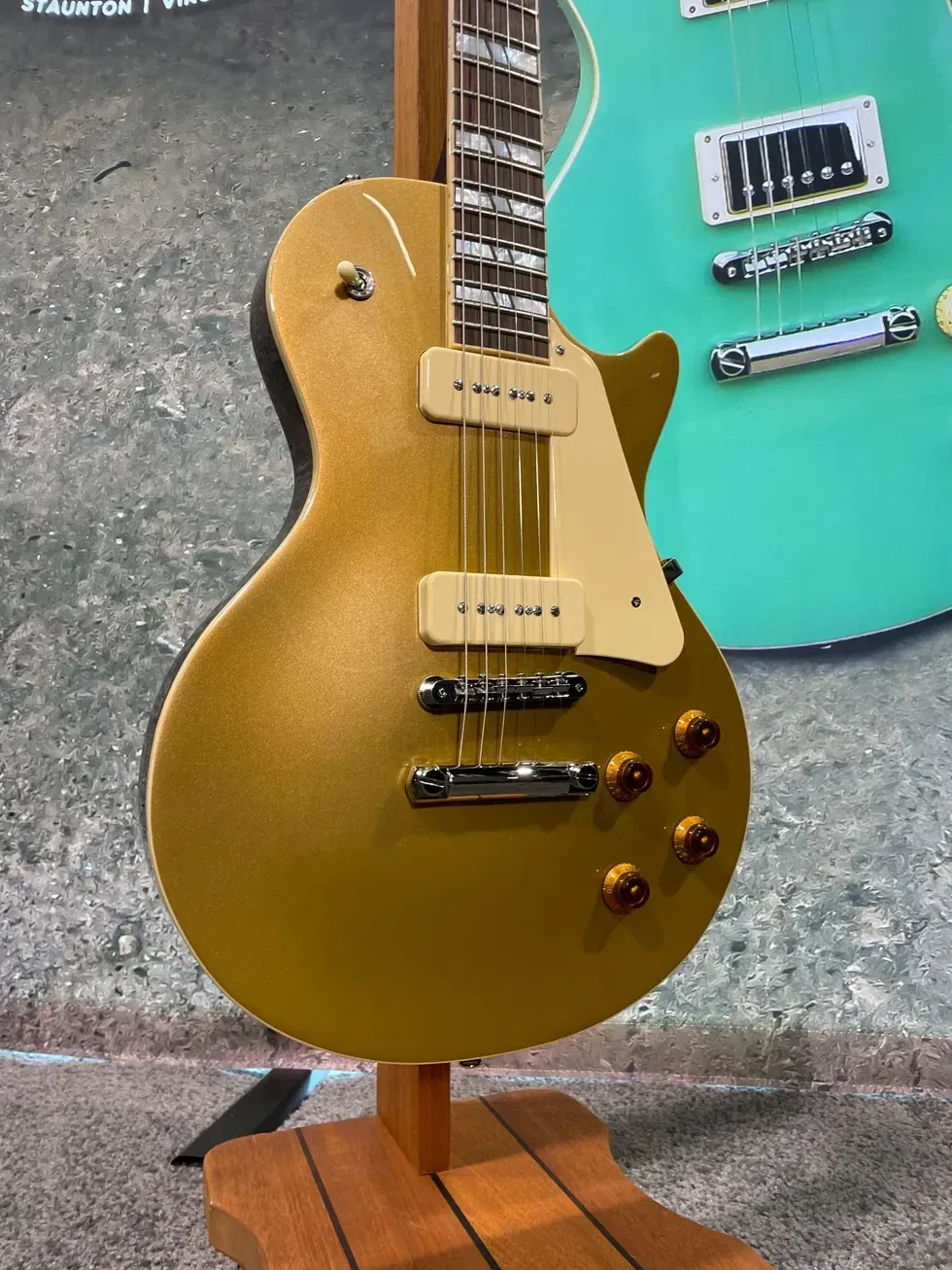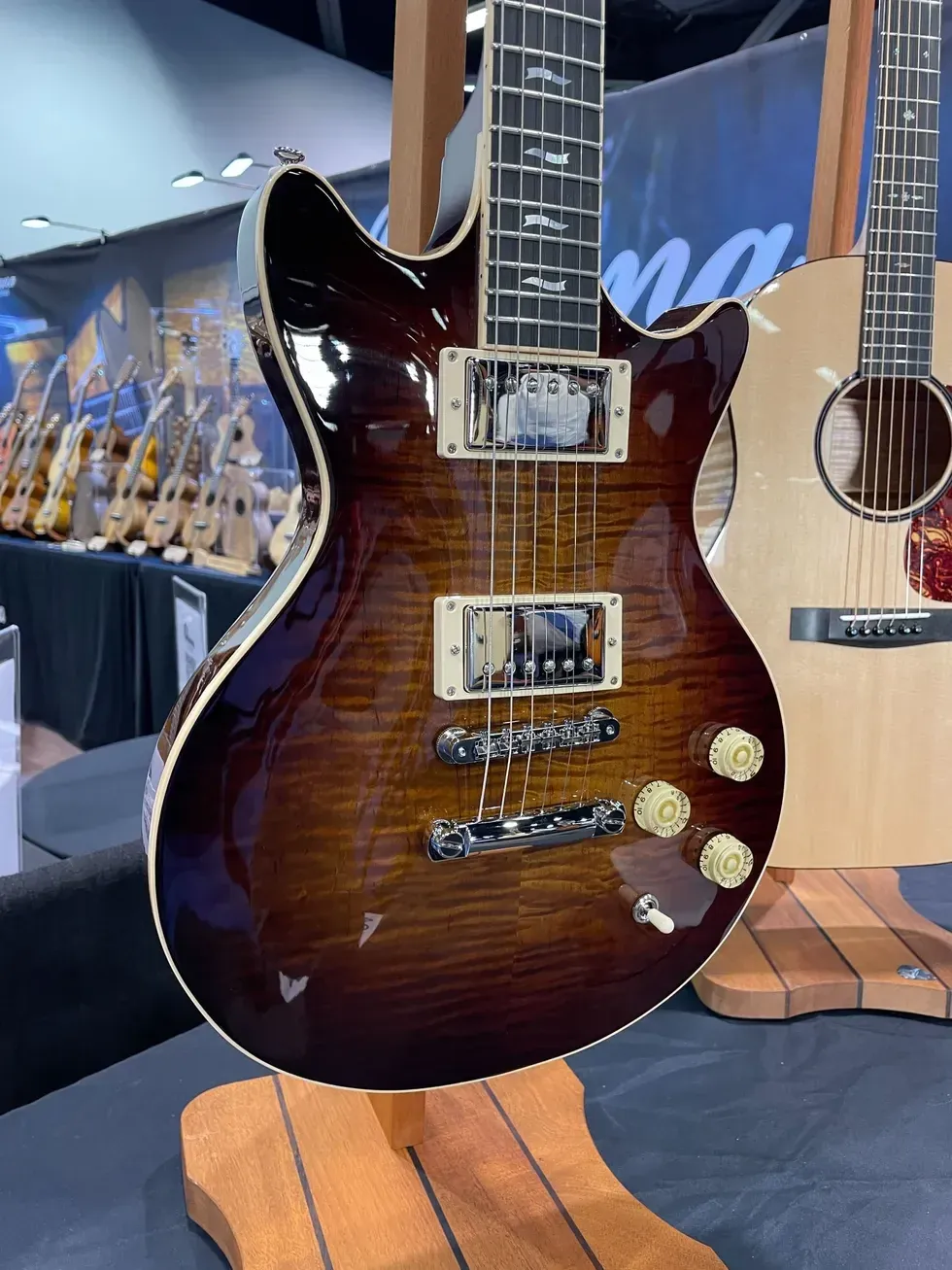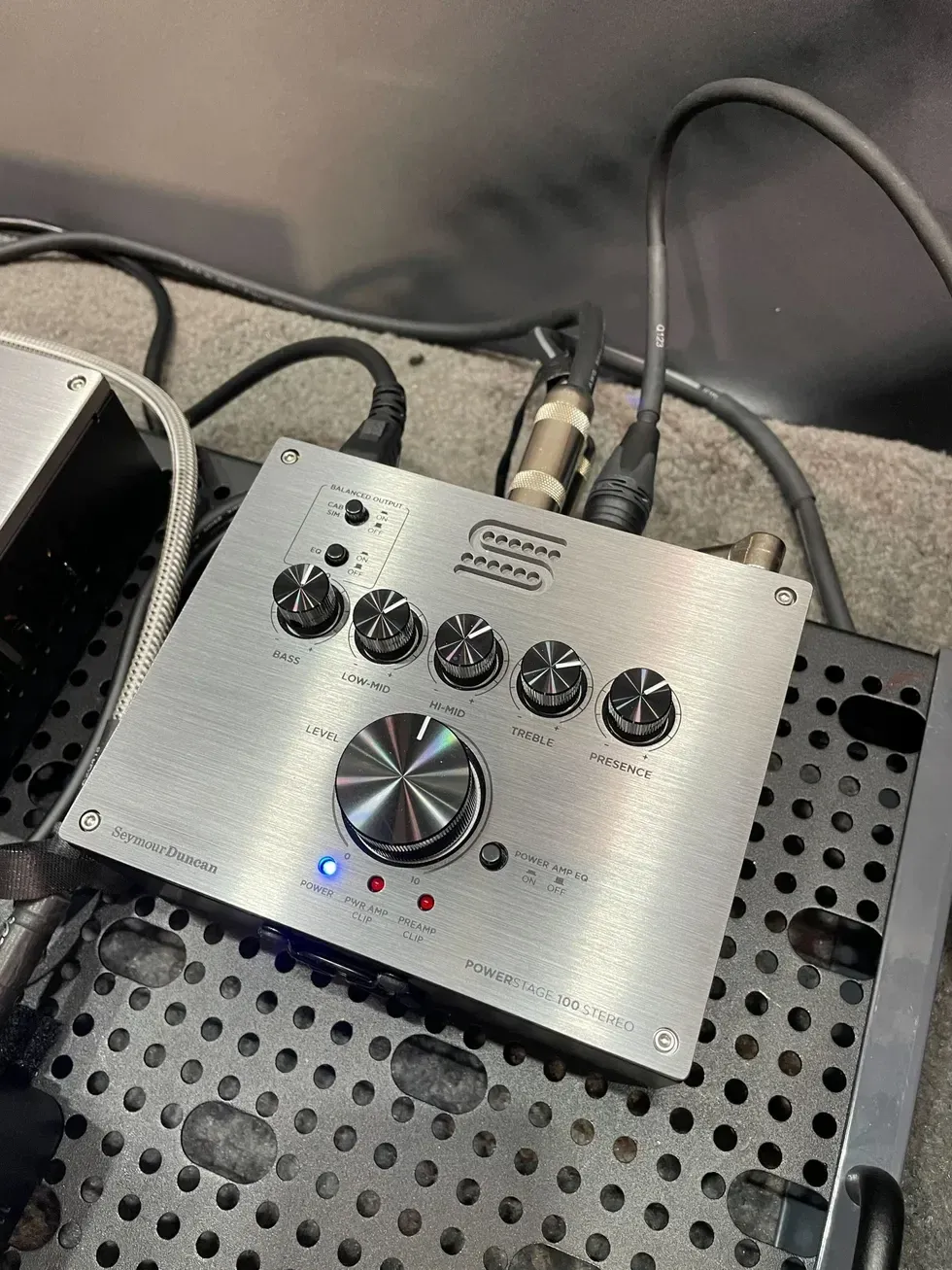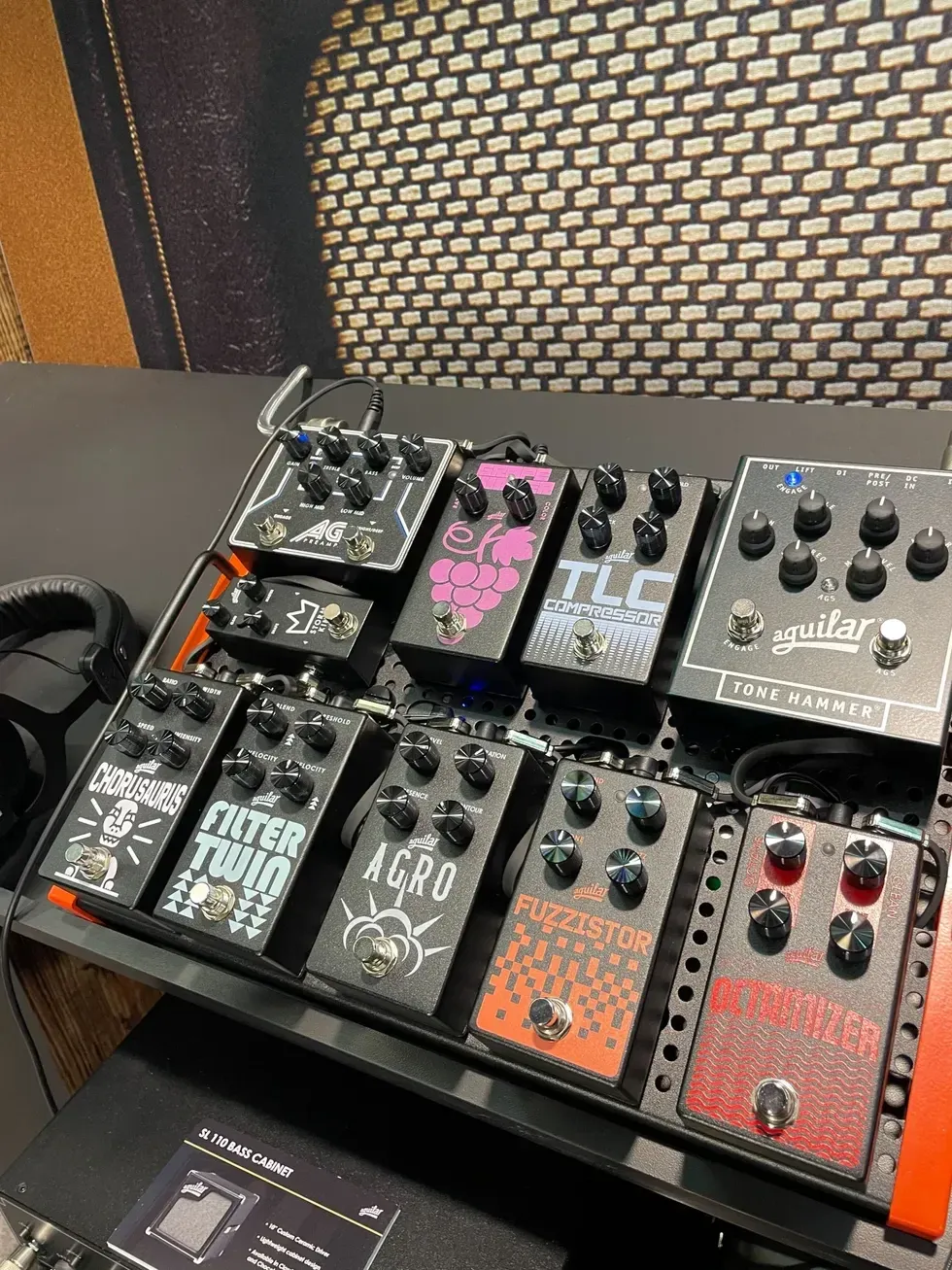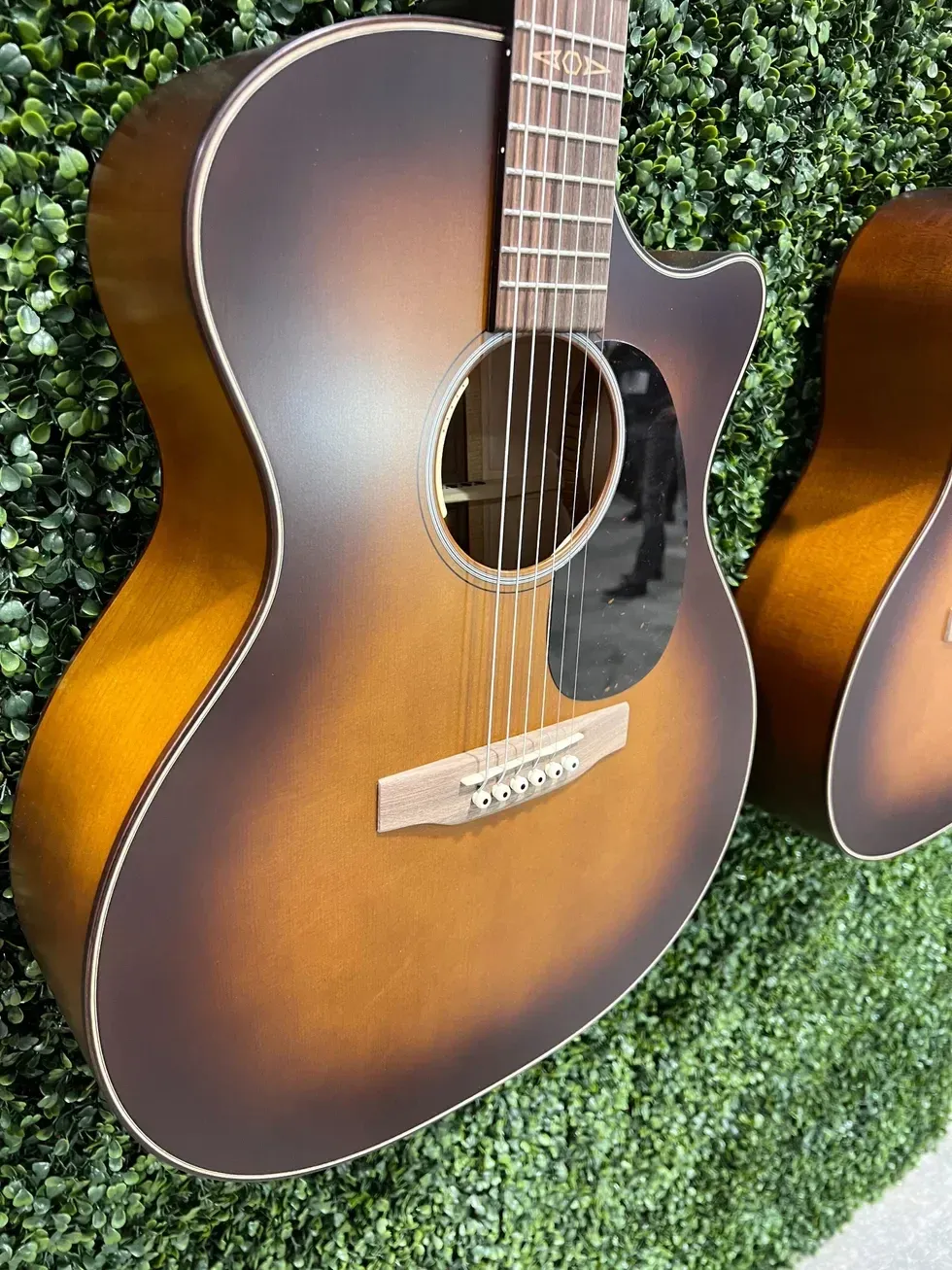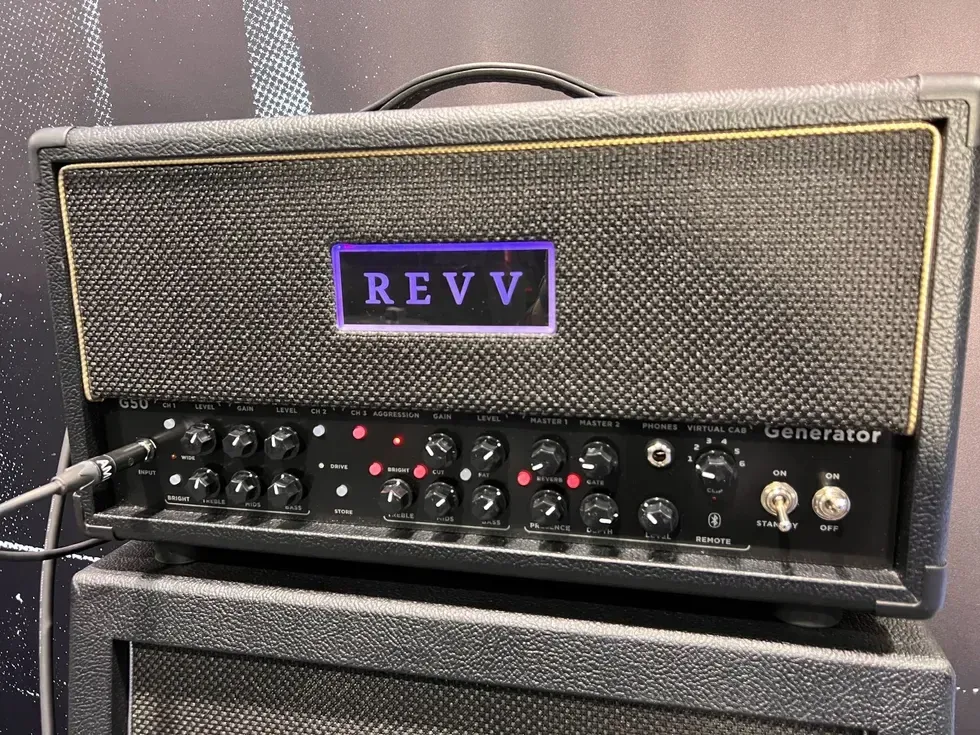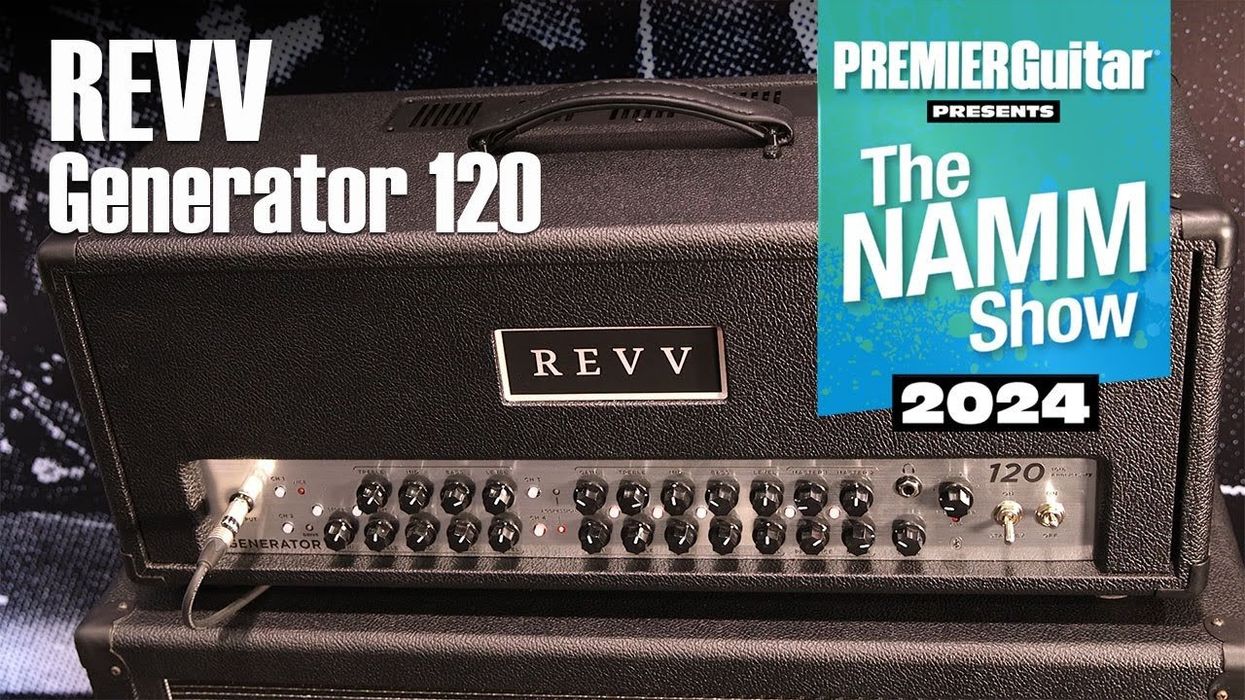The PG editors pick their favorite gear of NAMM day 2.
Ted Drozdowski - Editorial Director

Carr Bel-Ray
Although Steve Carr wasn’t at NAMM 2024, his latest amp, the Carr Bel-Ray, was—at the Reverend booth. This one’s in a handsome emerald green, and sounds killer. Like all Carr amps, it’s hand-wired. What else? Custom U.S.-made transformers, Solen Fast Capacitors, carbon composition resistors, and Jupiter signal caps. Output is 16 watts, with two 12AX7s, one EF86, one EL84, and one EZ81 rectifier tube. The control set—with its distinctive hot-rod display—is level, 3-band EQ, tremolo speed and depth, and a power attenuator, down to 2 watts. The speaker is a Fane F25. It weighs in at 34 pounds and streets at $3,340.
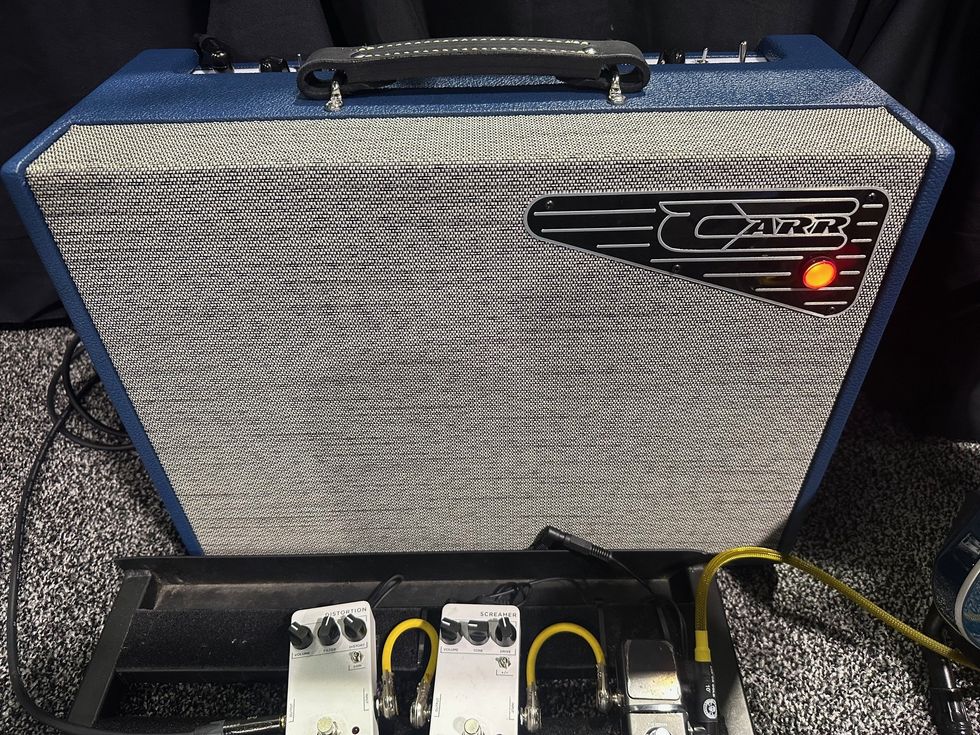
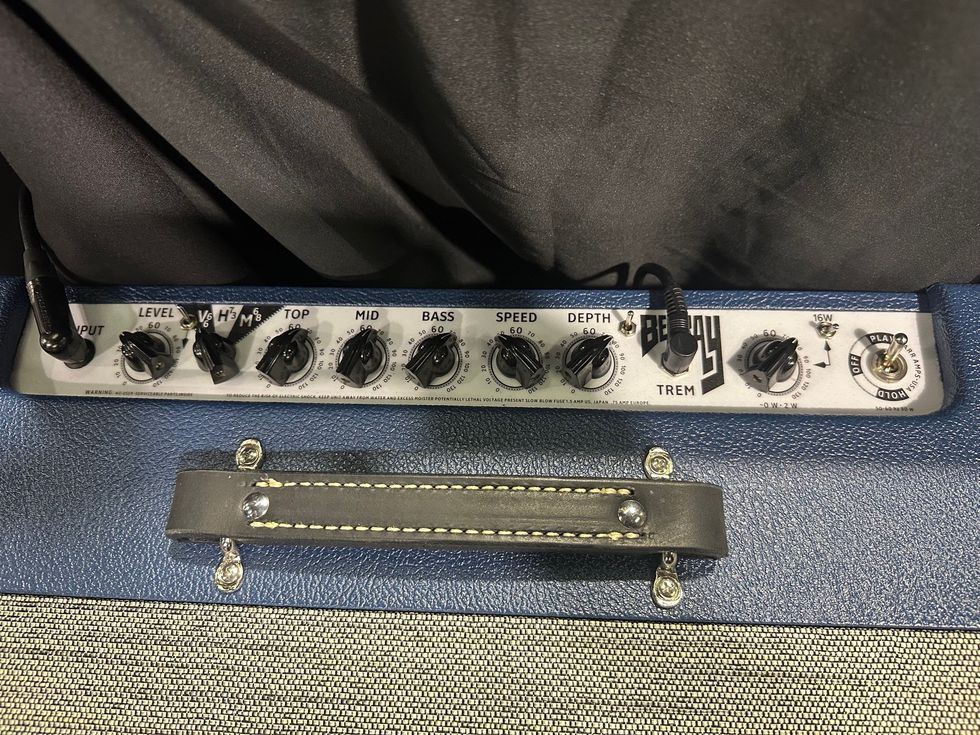
Nick Millevoi - Senior Editor

Iris/Circle Strings Guitars
The Iris/Circle Strings booth had lots to offer. Built for the discerning working musician’s taste and price range, their acoustic line covers a range of options and the DF slope-shouldered dreadnought is a standout at $2,350. They also brought a pair of Paul Languedoc builds that Trey Anastasio fans were busy bugging out about!
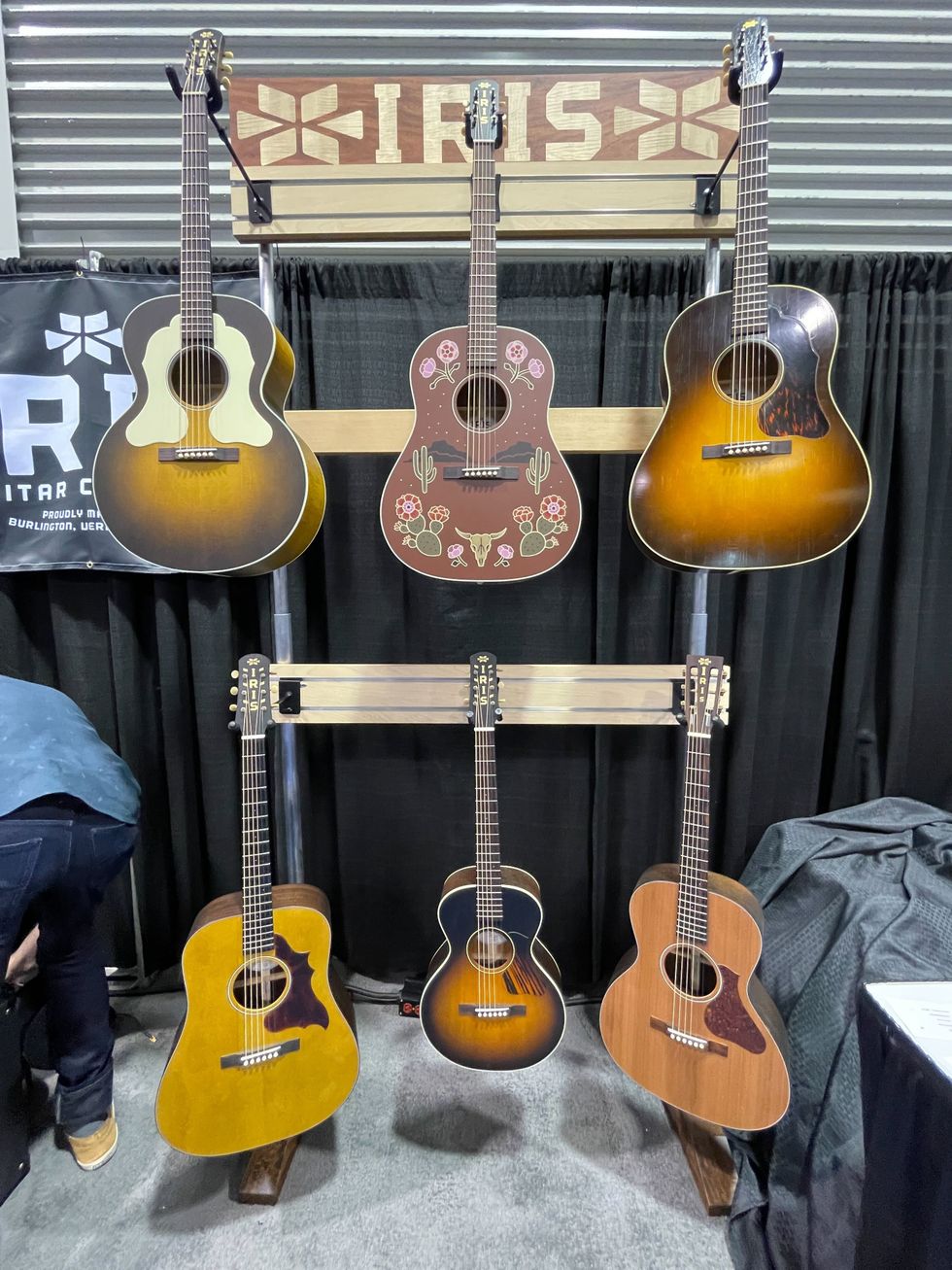
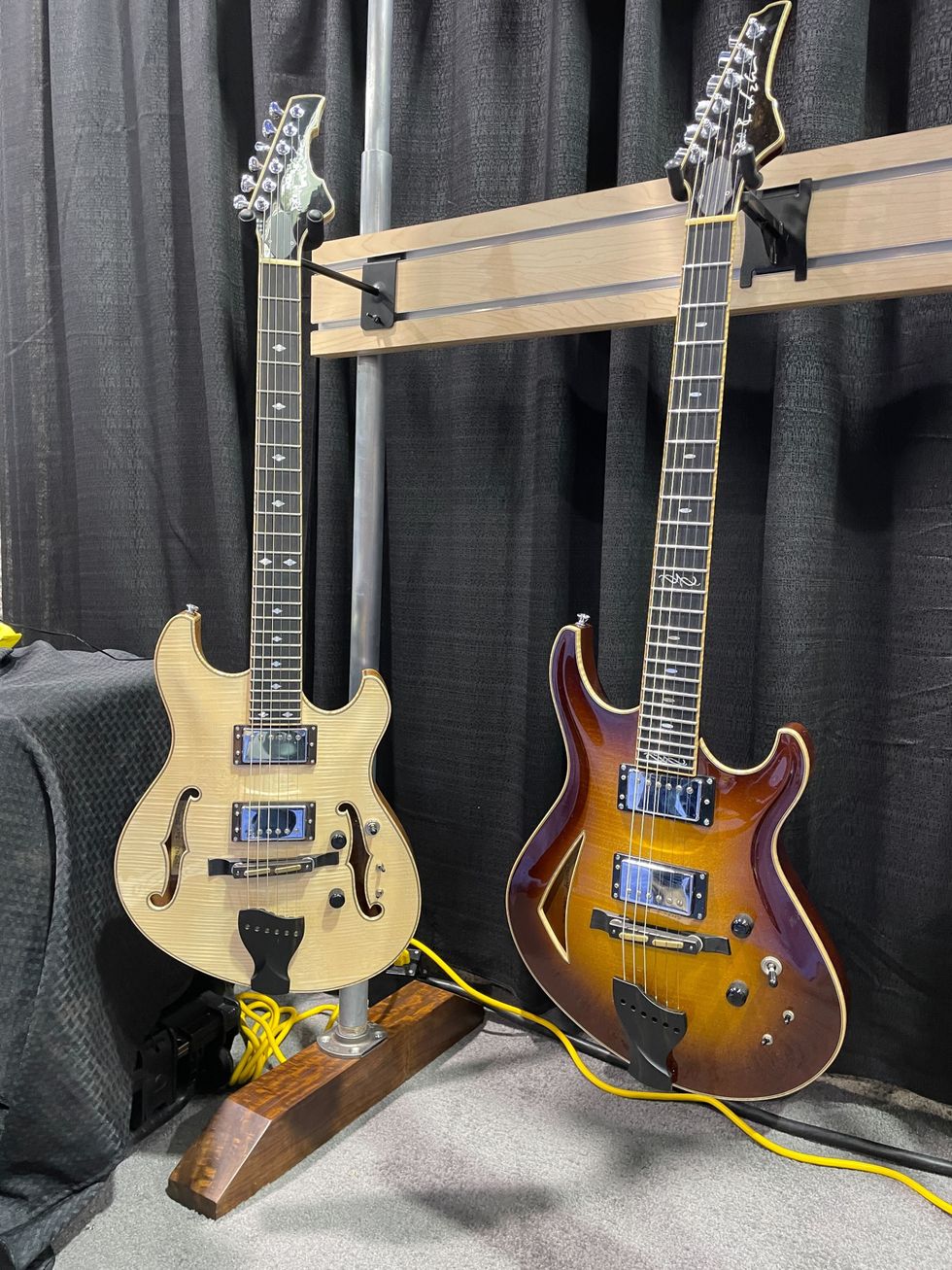
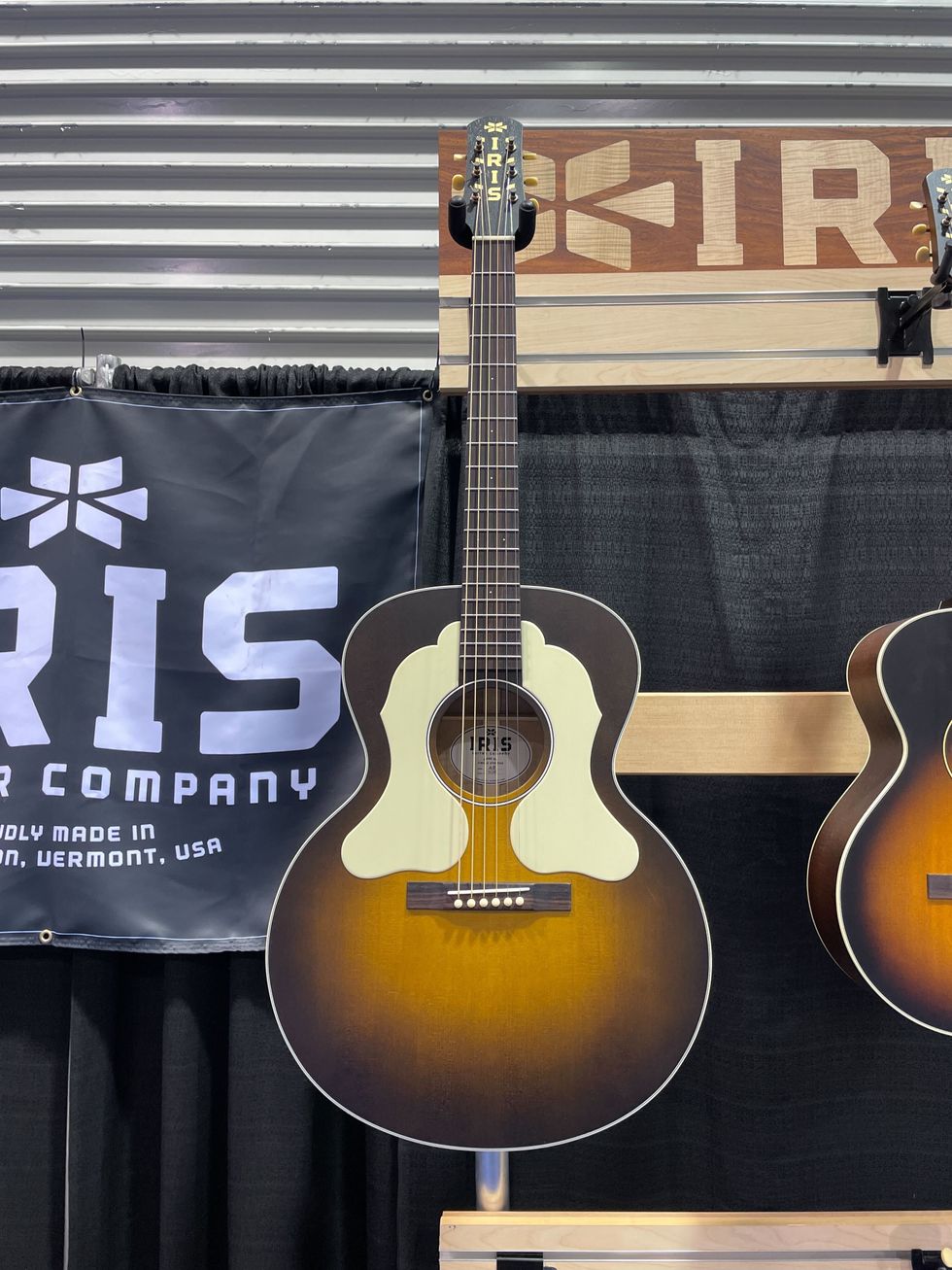
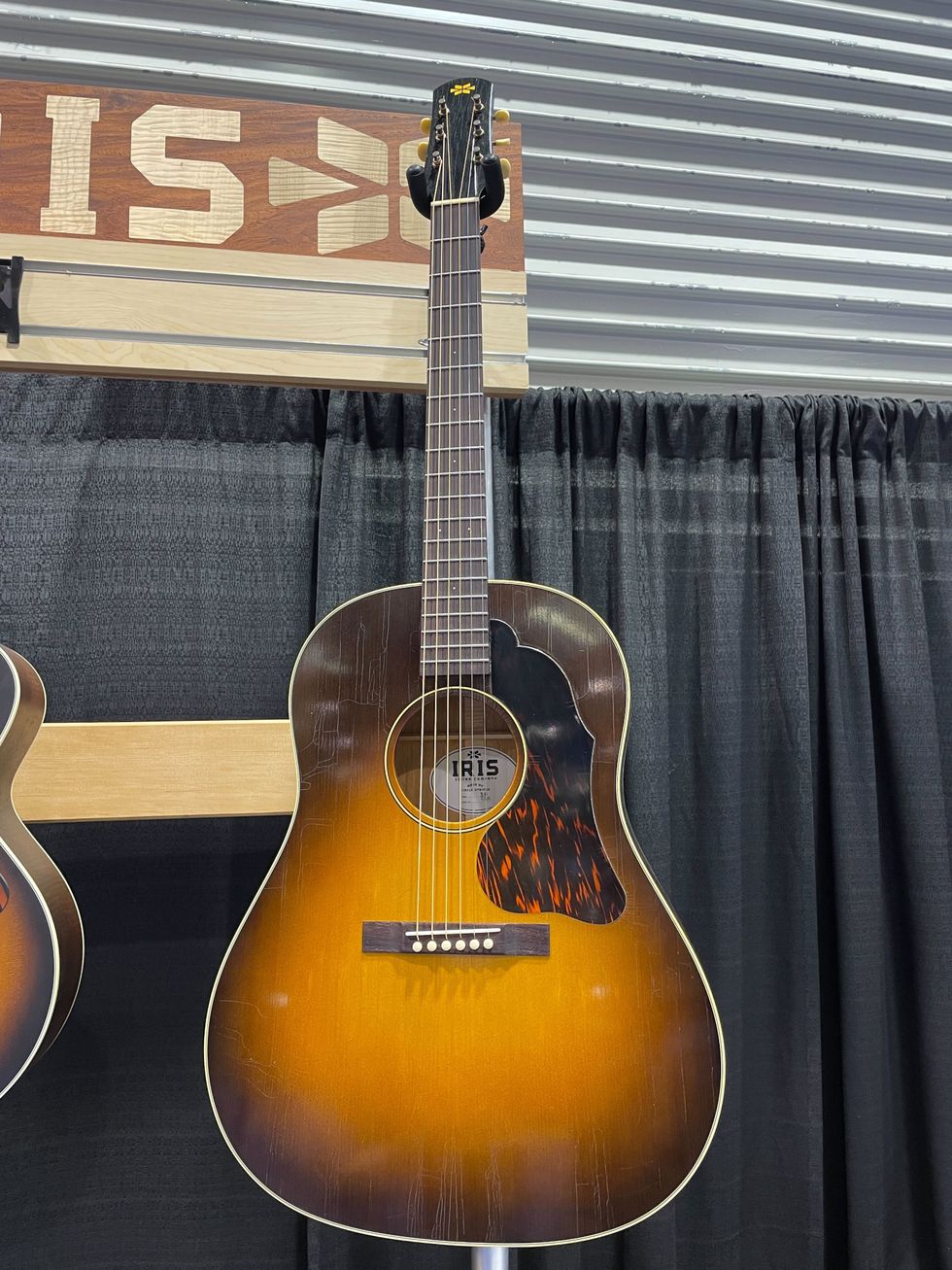
Eastman Henry James Signature Juliet
Over at Eastman, guitarist Henry James dr used his signature model. His version of the popular Juliet is a solidbody beast with Goldo vibrato, Seymour Duncan Vintage Mini-Humbockers, and a reverse headstock. They’re coming spring 2024 at $2,099
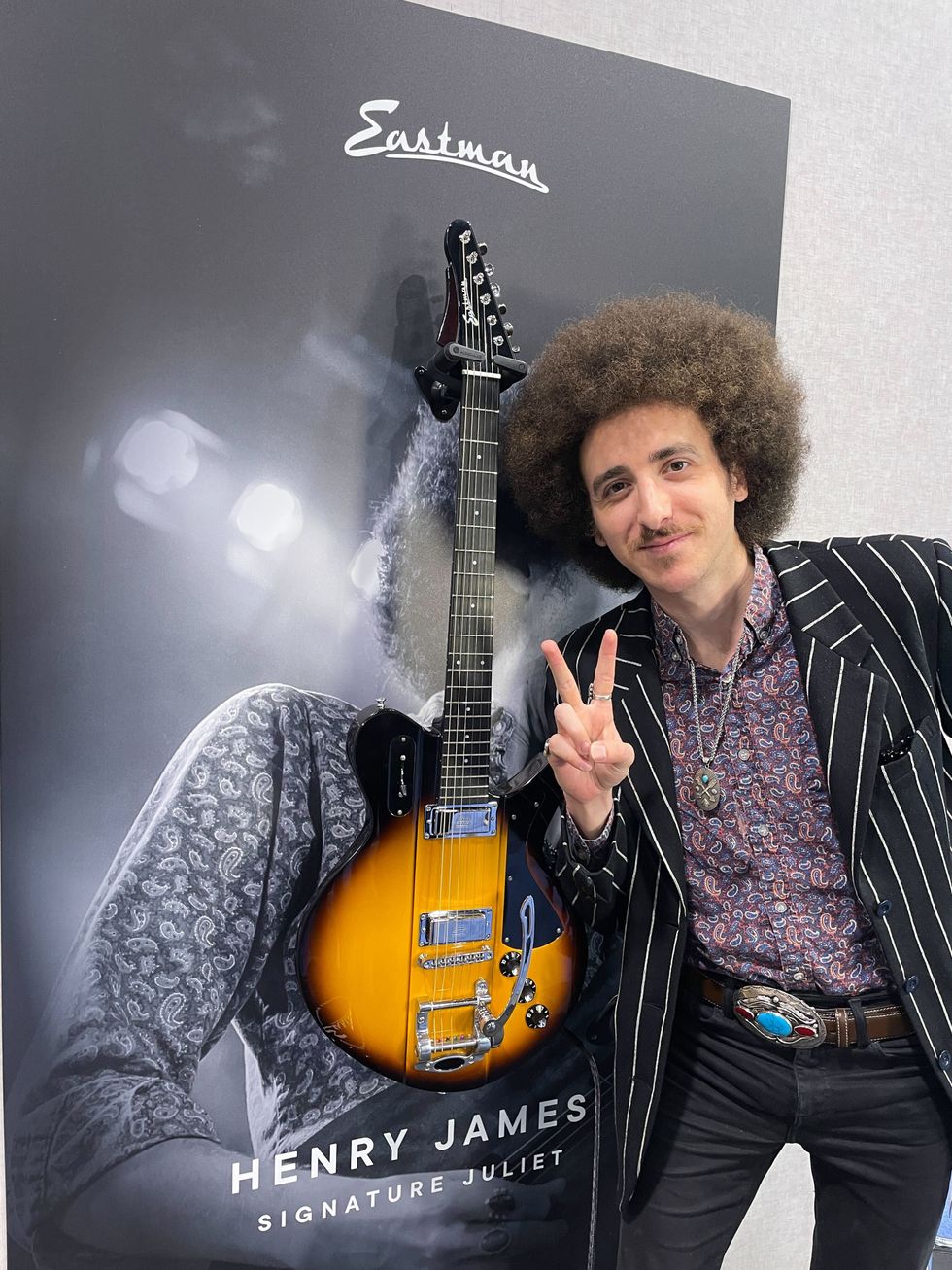
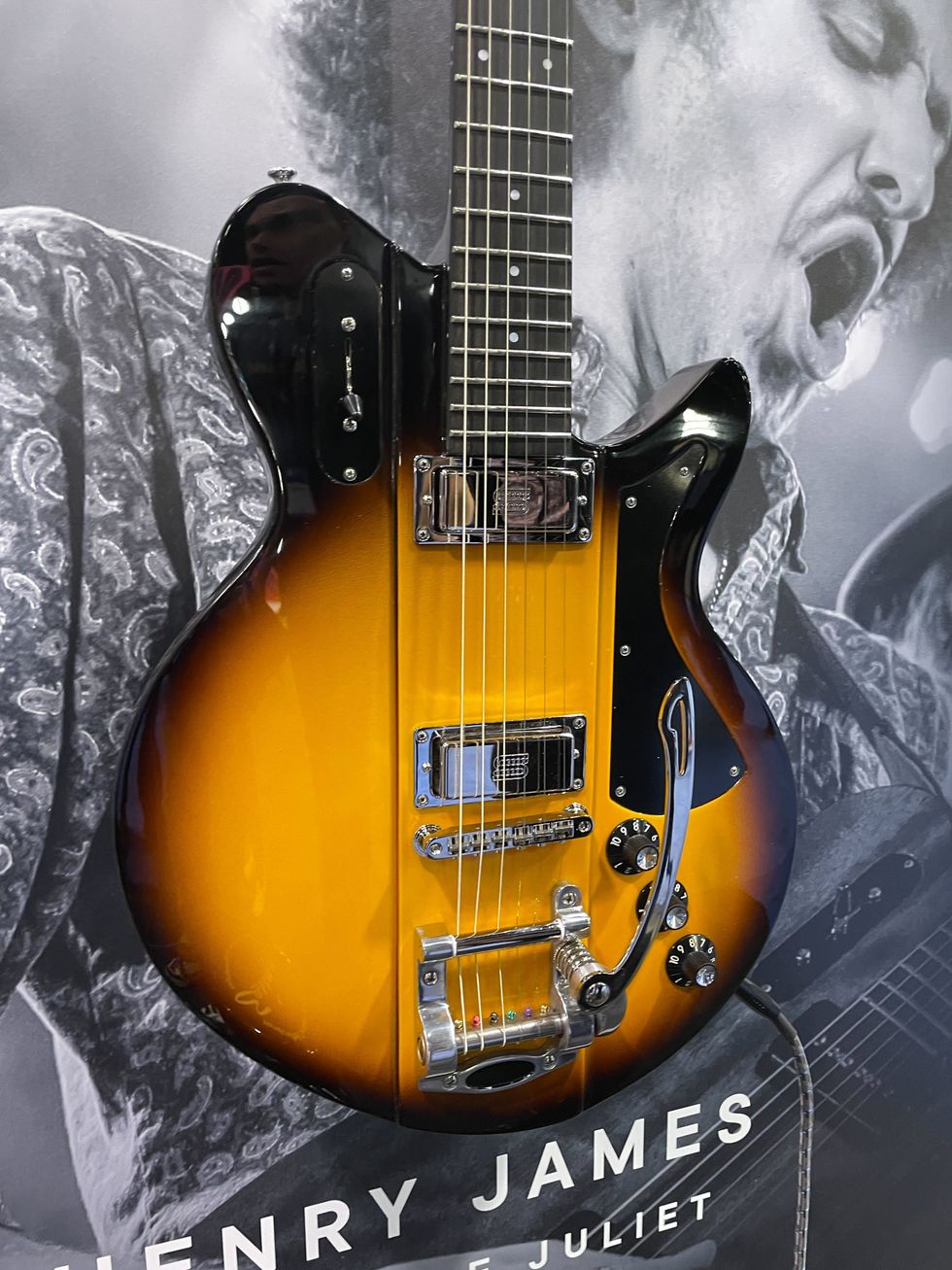
Red Panda Radius
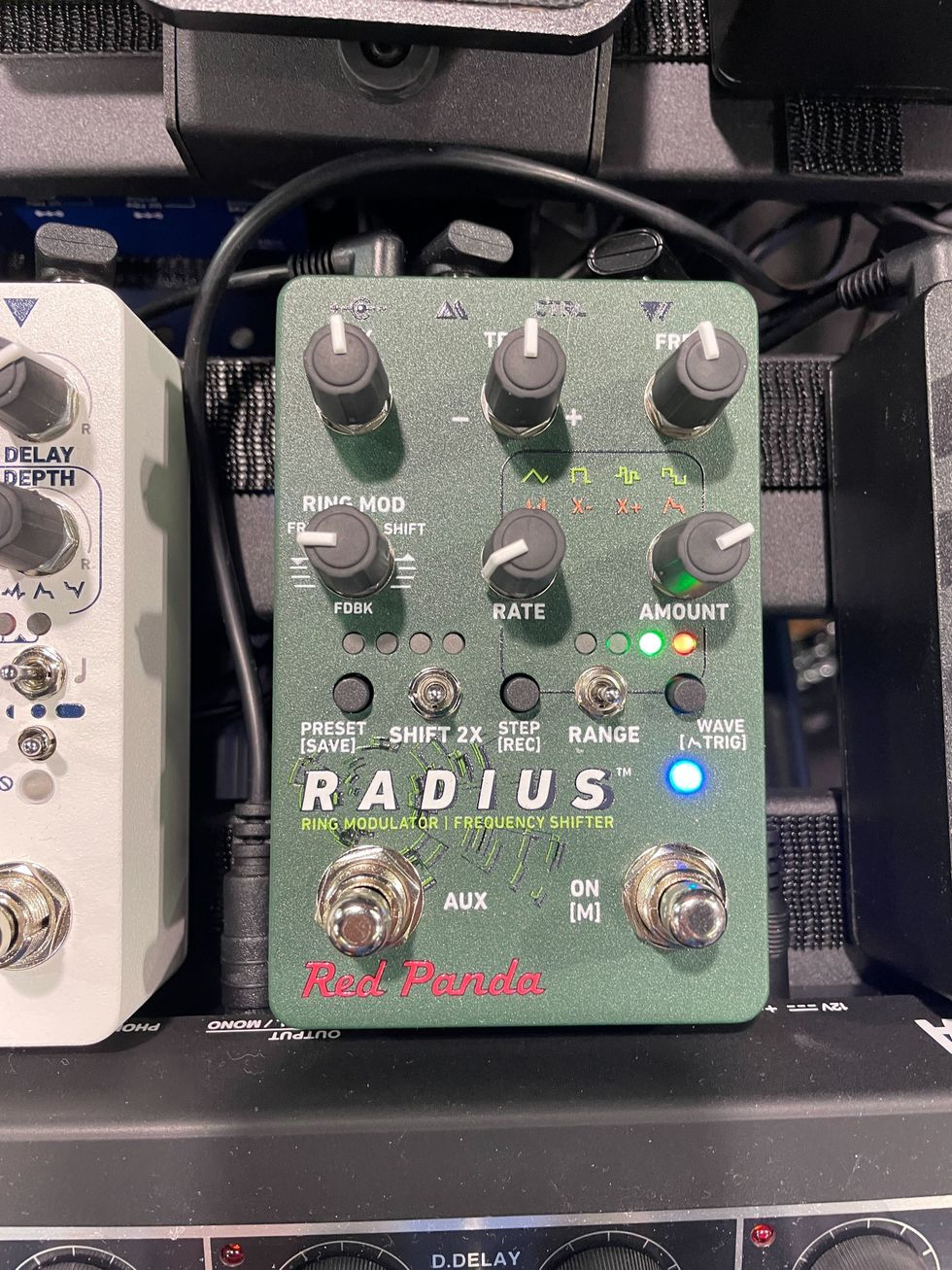
Red Panda’s new Radius pedal has loads of deep tones to discover. Ostensibly a ring mod/frequency shifter, its unique controls will allow you to head to the outer limits with phase-shifting, tremolo sounds, and much, much more! Priced at $349, they’re available now.
Jason Shadrick - Associate Editor

Santa Cruz Vault Series
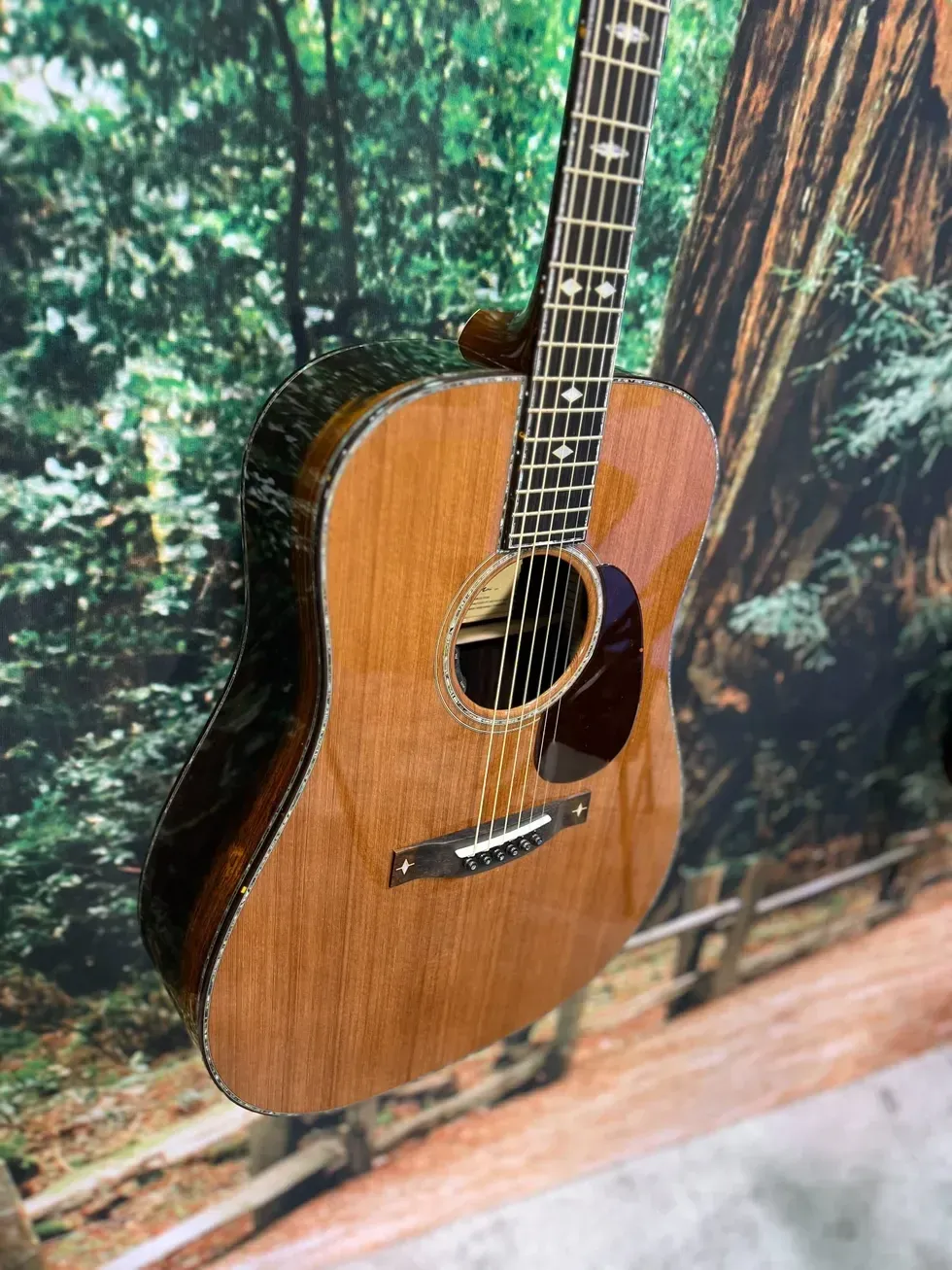
Santa Cruz’s Vault Series is built upon the idea of using very old reclaimed wood that master luthier Richard Hoover has been saving for decades. This D-style model uses Brazilian Rosewood from the Bryn Athena Cathedral for the back and sides and master grade Fort Ross Chapel redwood for the top. Nearly every part of this build is immaculate and the craftsmanship pushes the limits of modern lutherie. The price? $70,000.
Victory Amps MK Clean
Victory Amps brought two new models to the show. The MK Clean is a monster clean machine with loads of headroom, spring reverb, bright switch, and selectable EQ voicings. On the other side, the MK Overdrive is a 3-channel setup with independent gain controls, switchable volume levels, presence, and more. Production begins in March and they will go for around $5k.

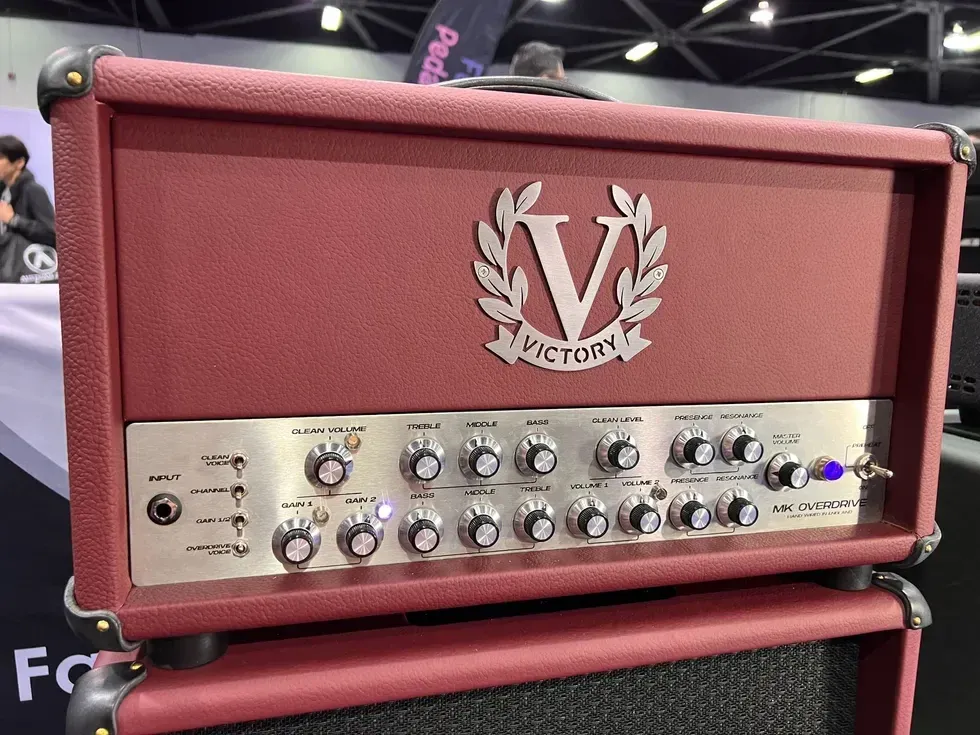

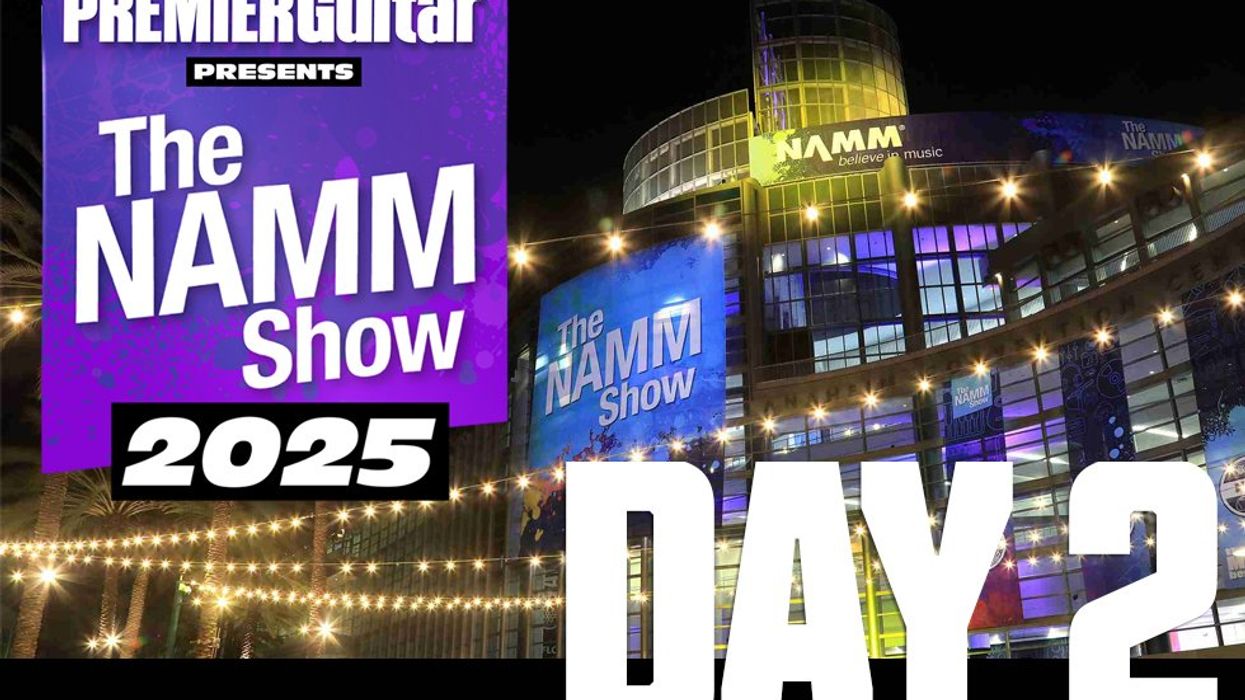

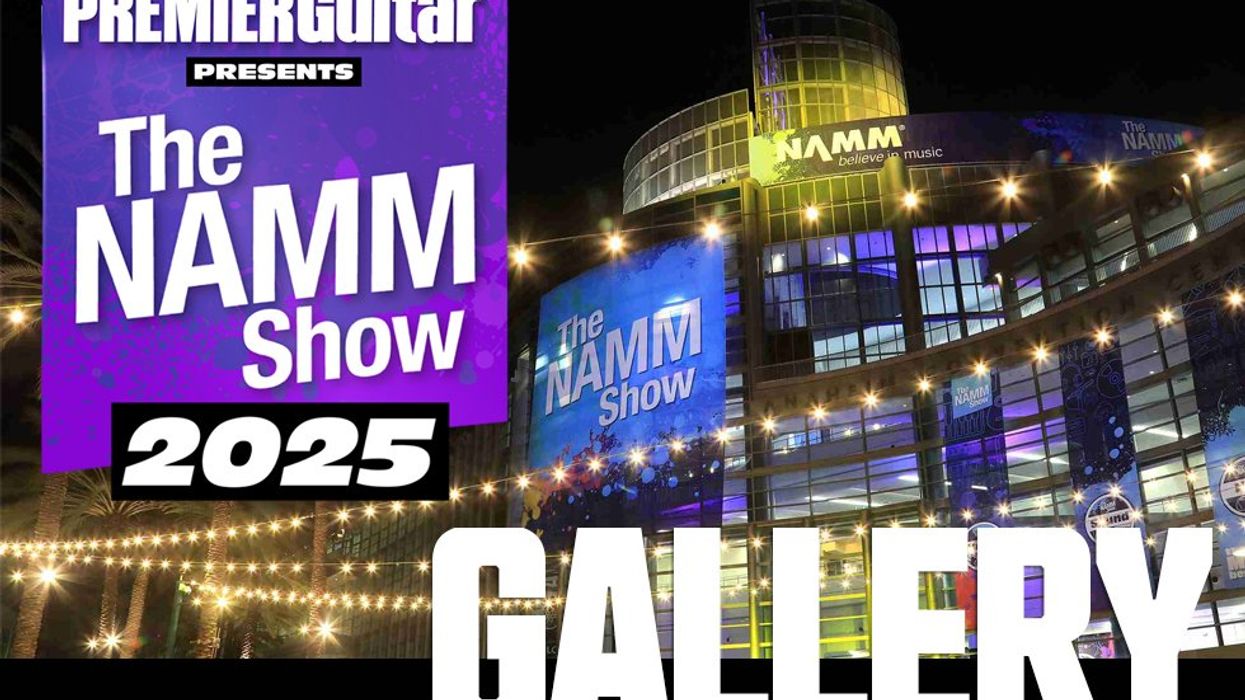
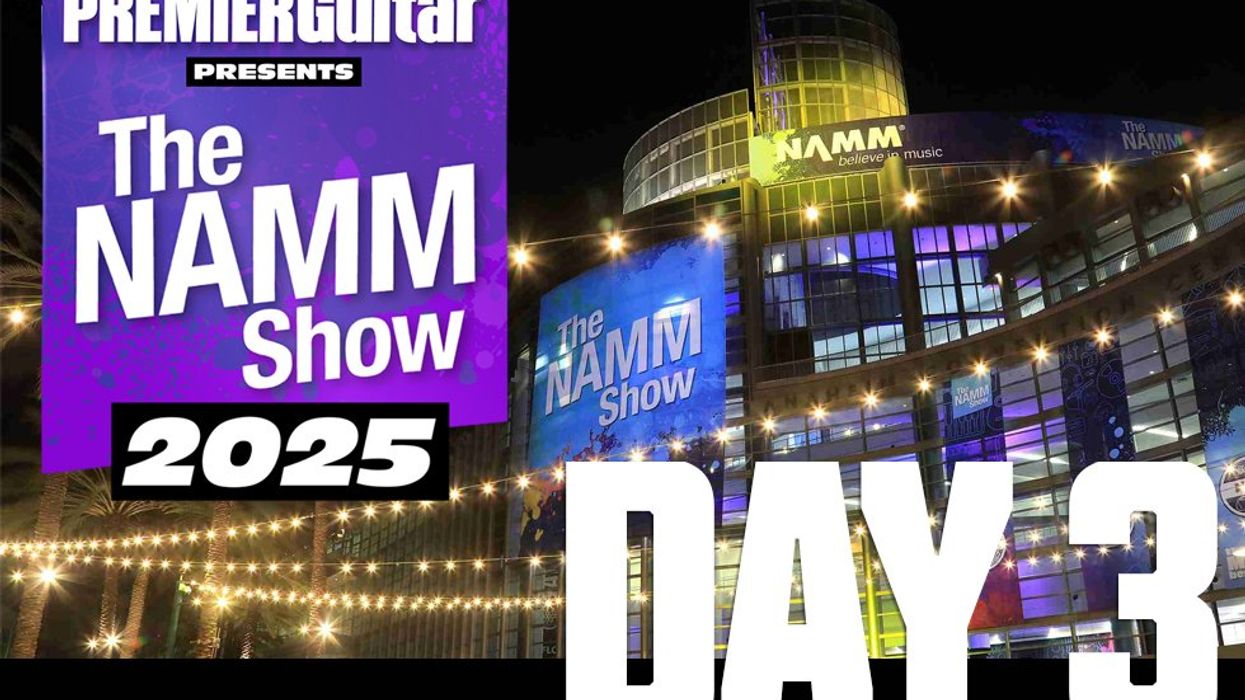

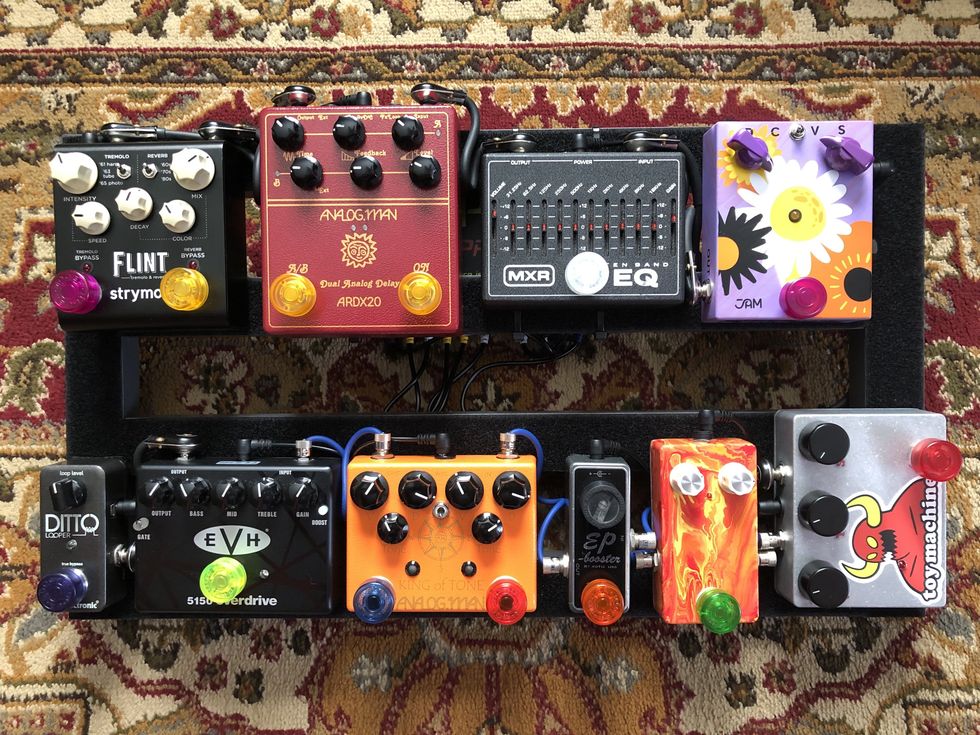
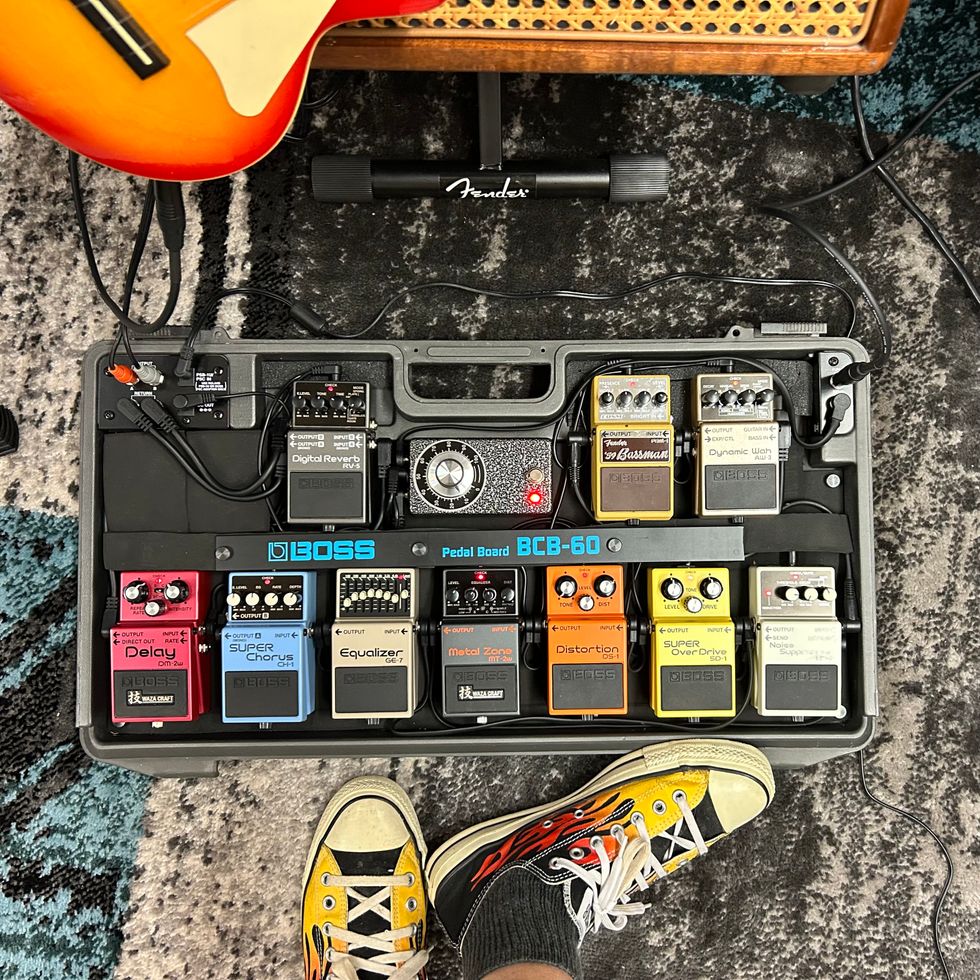
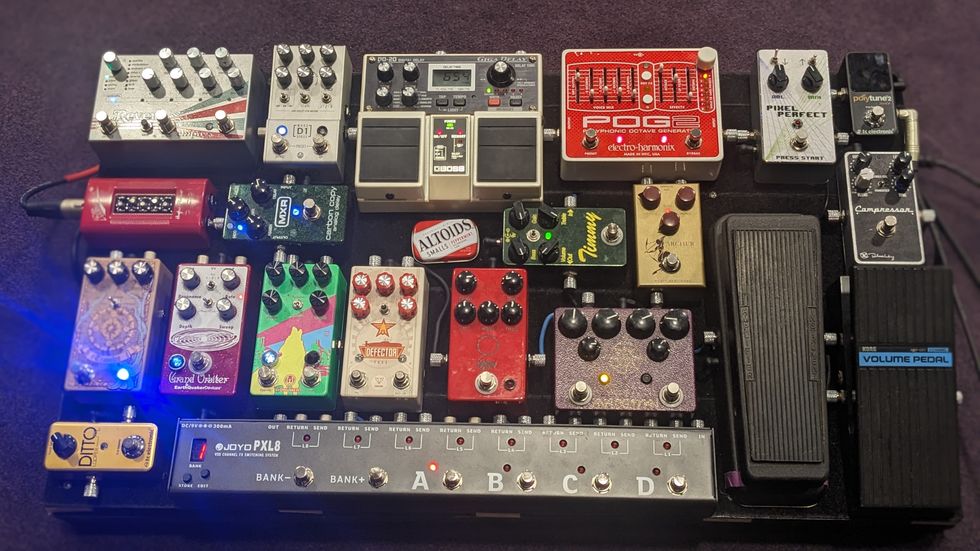
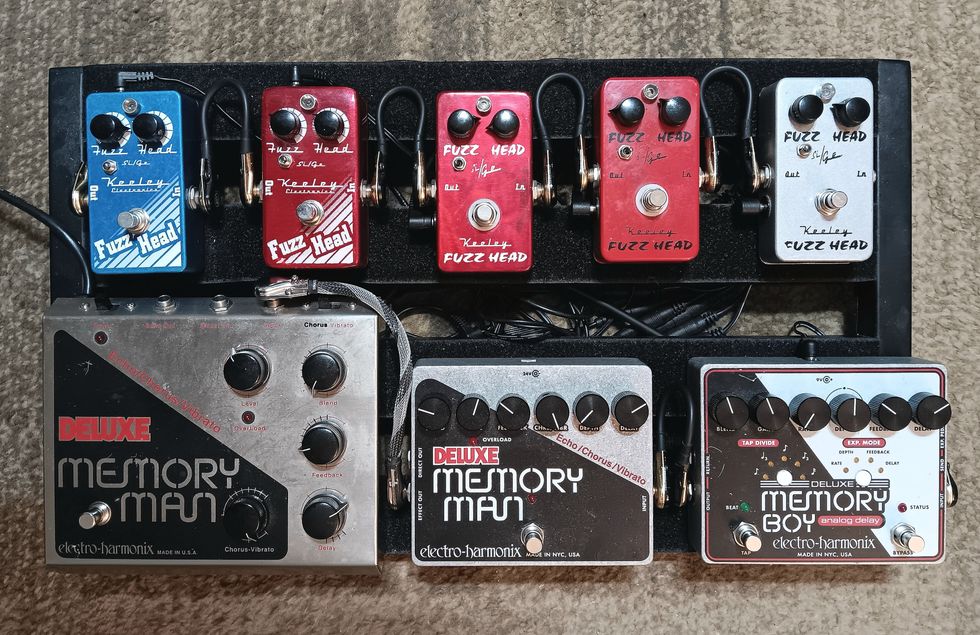

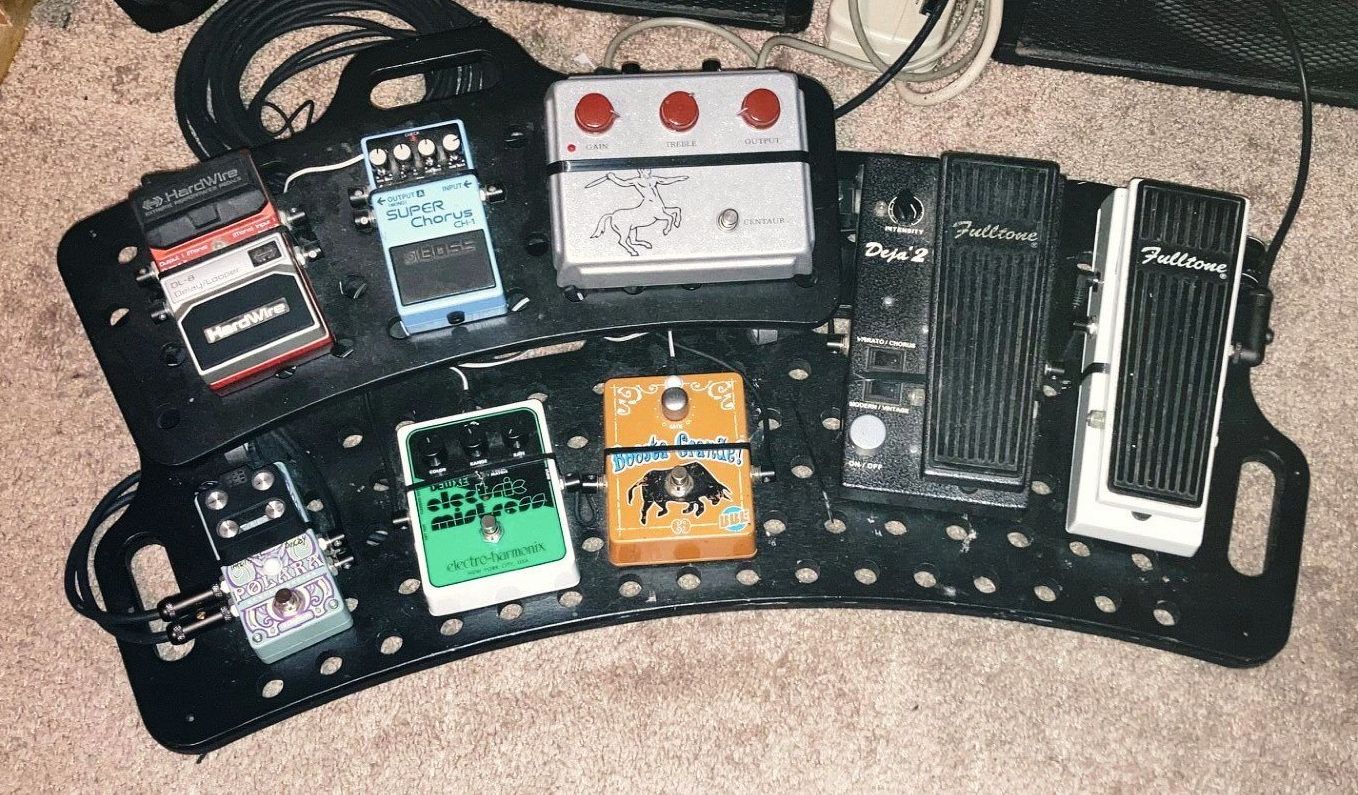
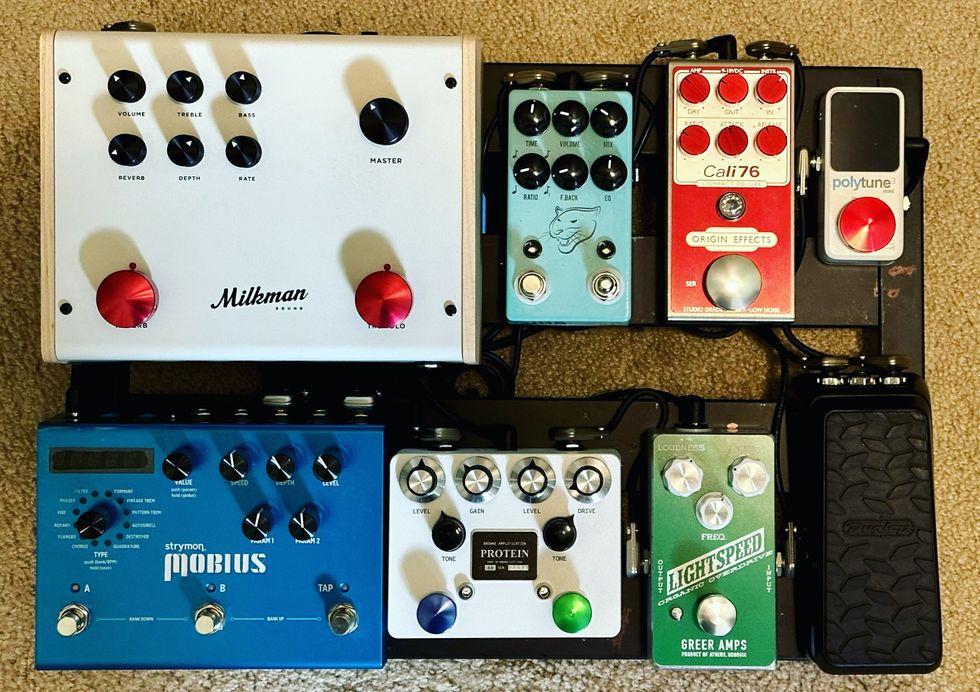
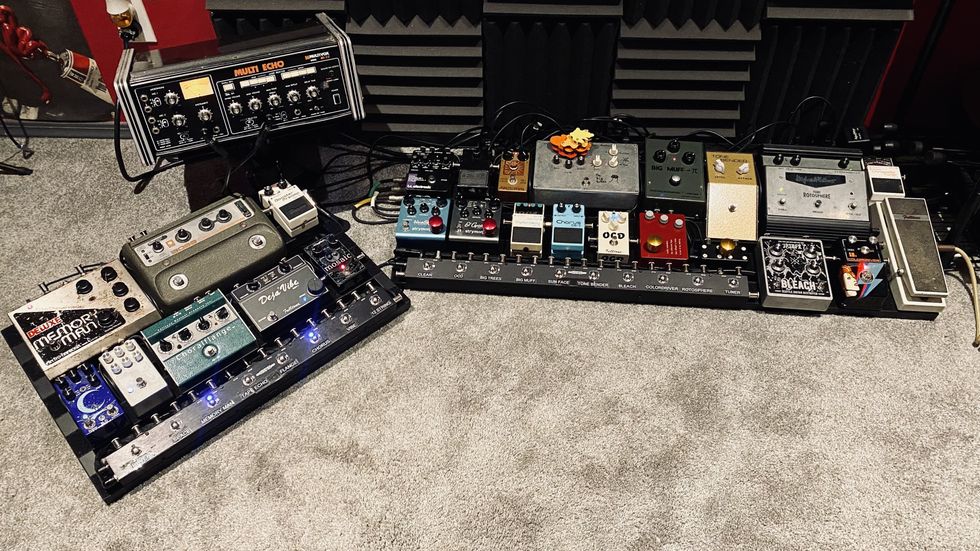




![Rig Rundown: AFI [2025]](https://www.premierguitar.com/media-library/youtube.jpg?id=62064741&width=1245&height=700&quality=70&coordinates=0%2C0%2C0%2C0)

